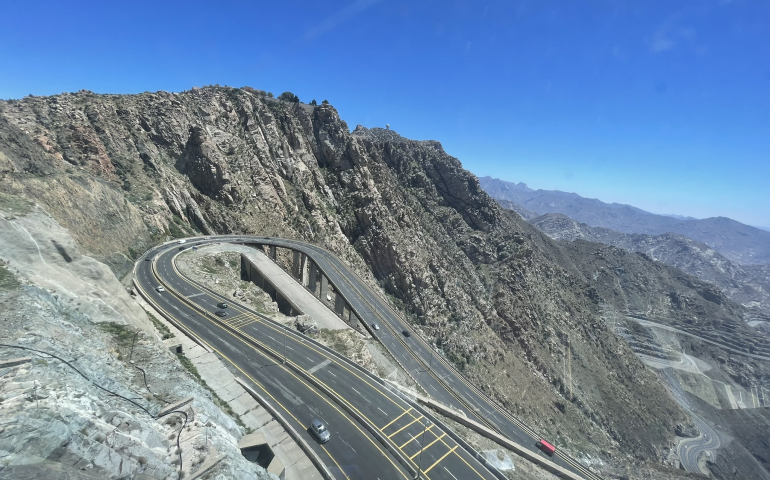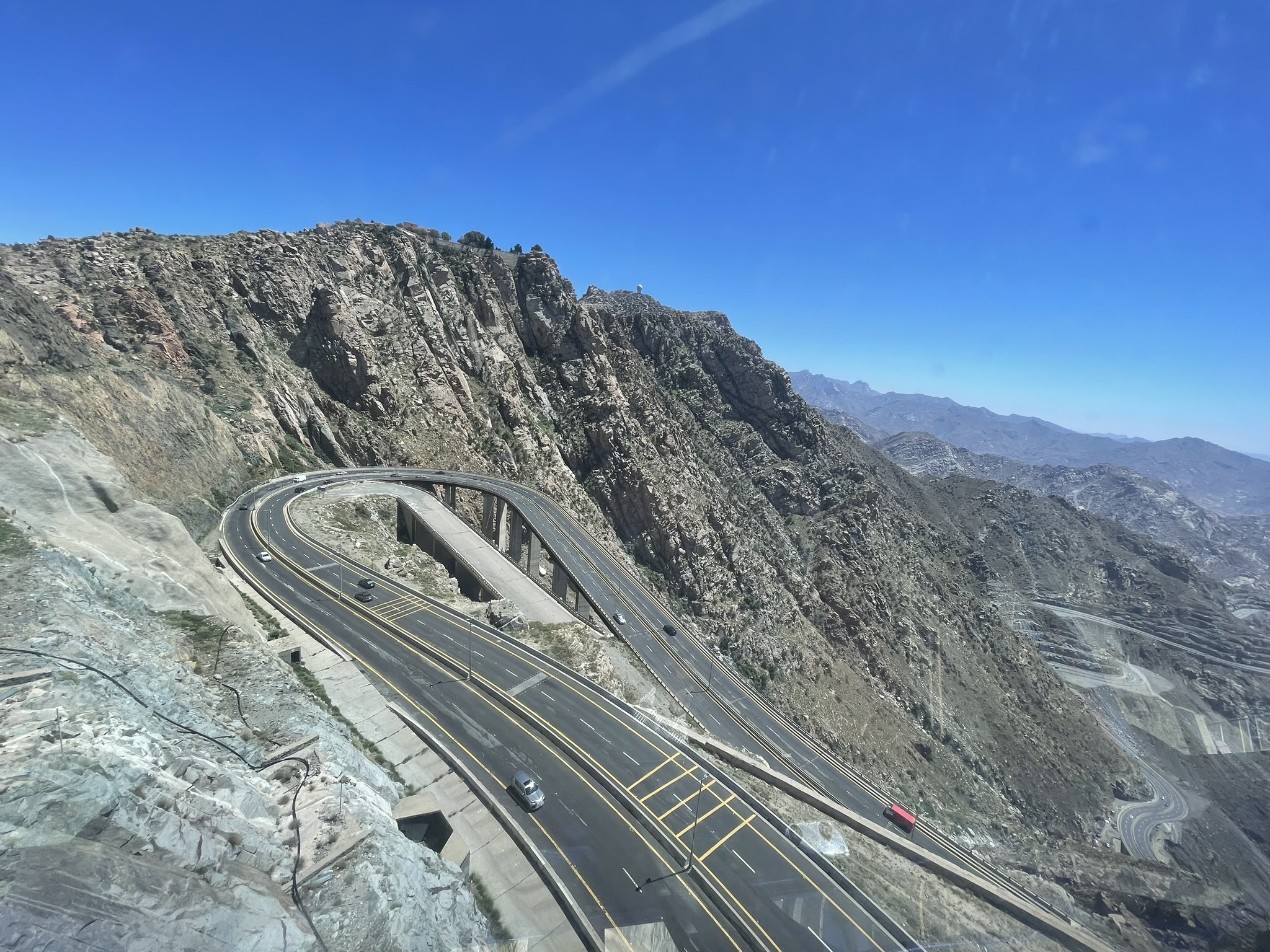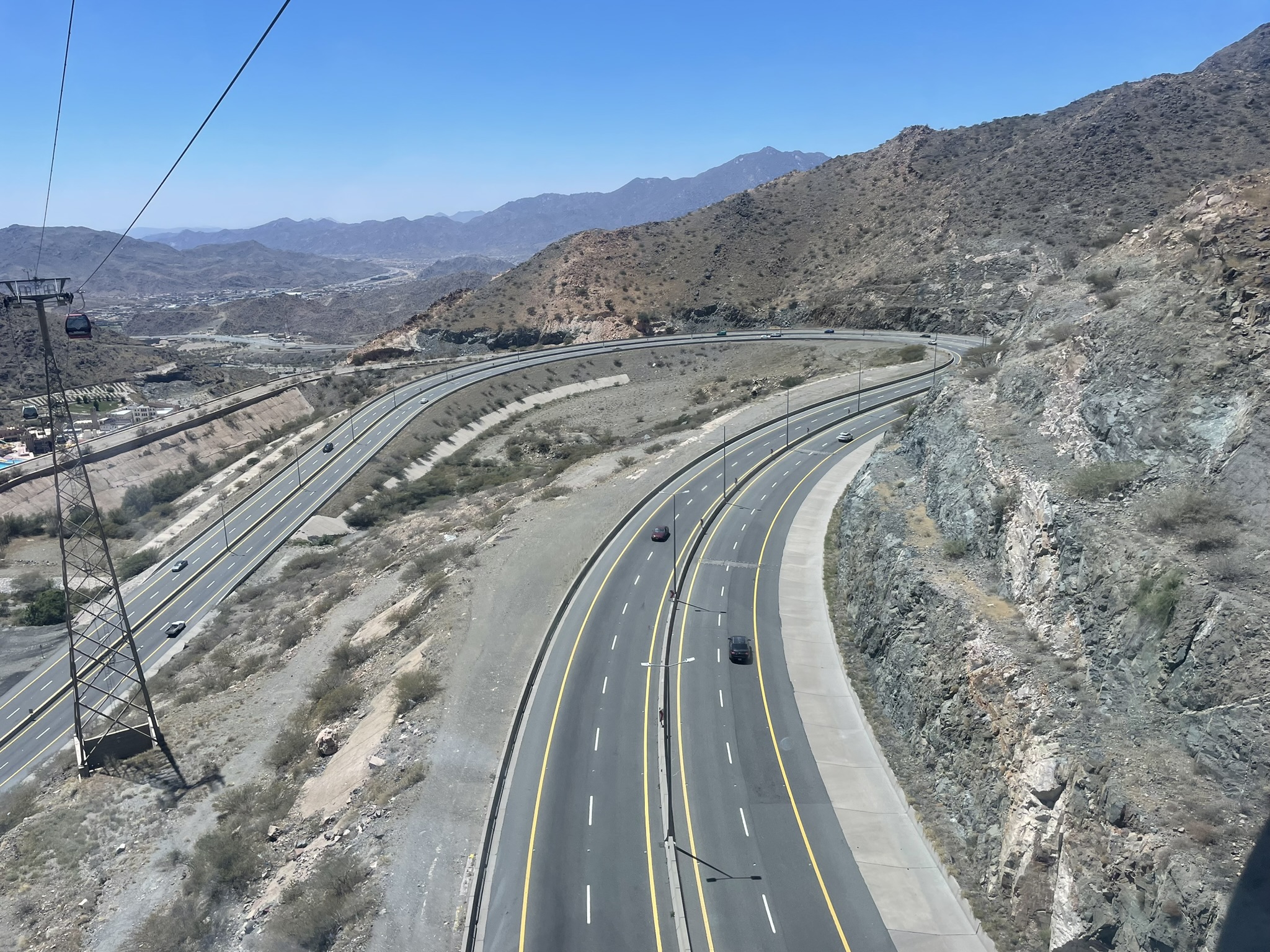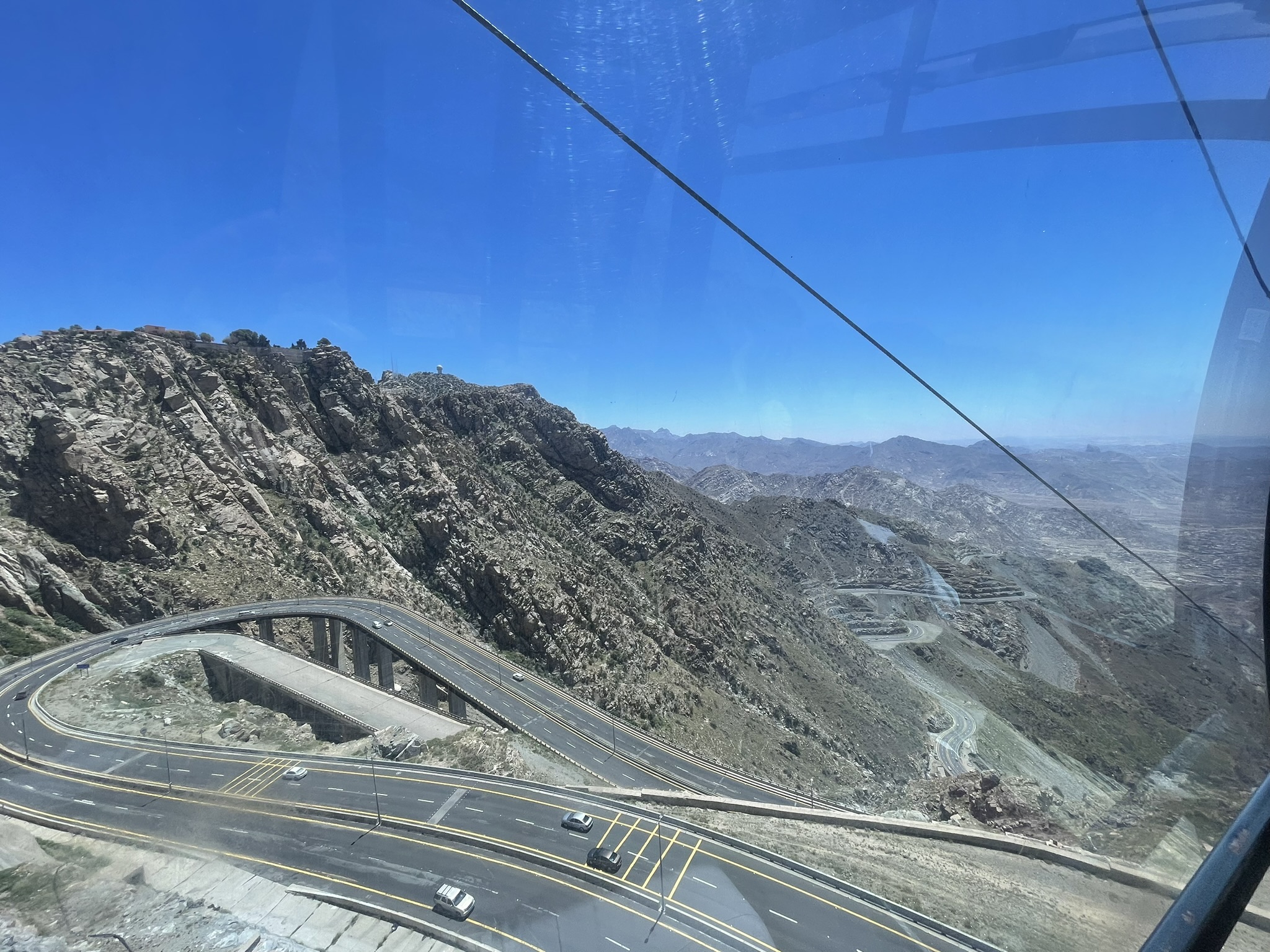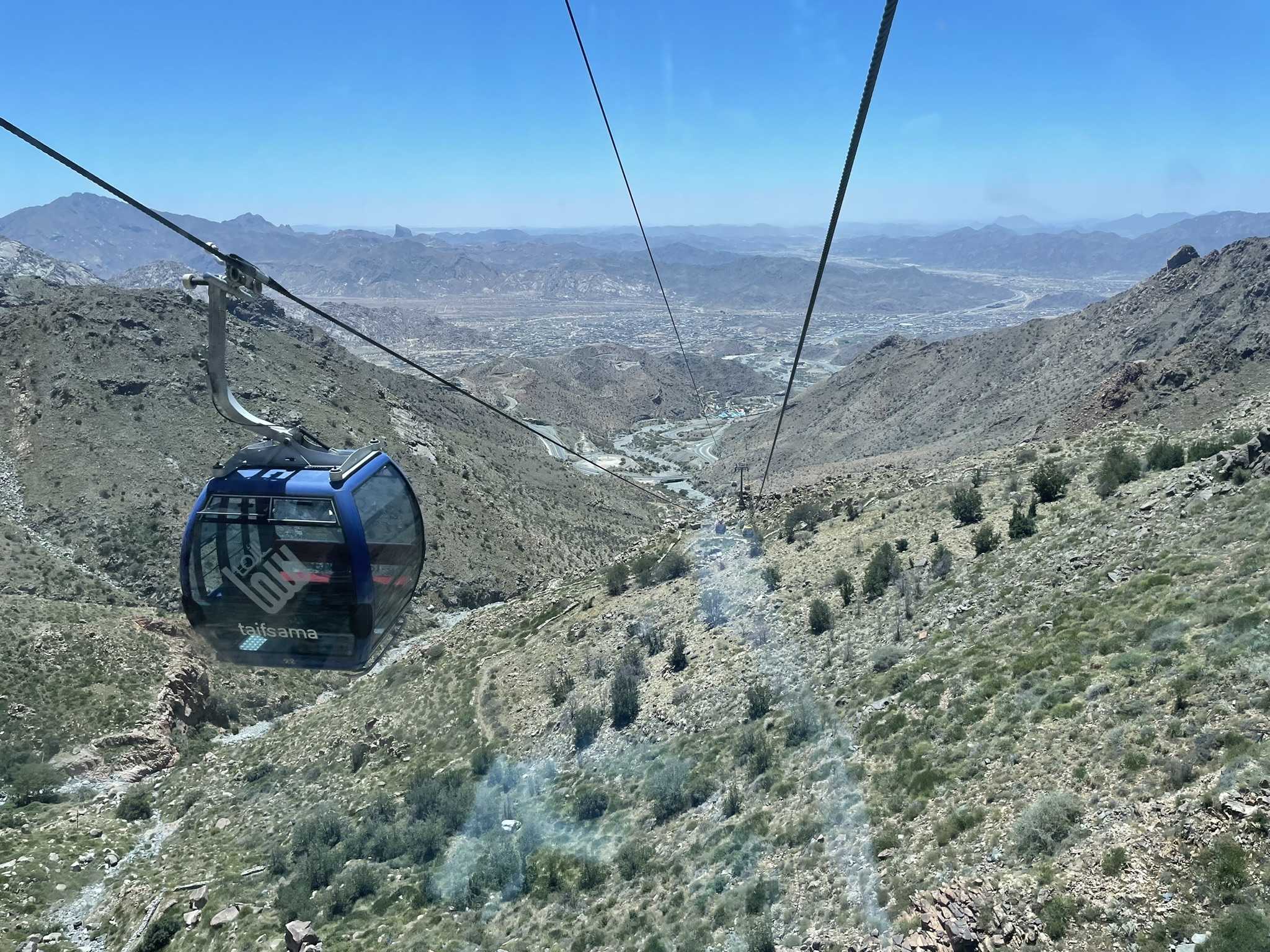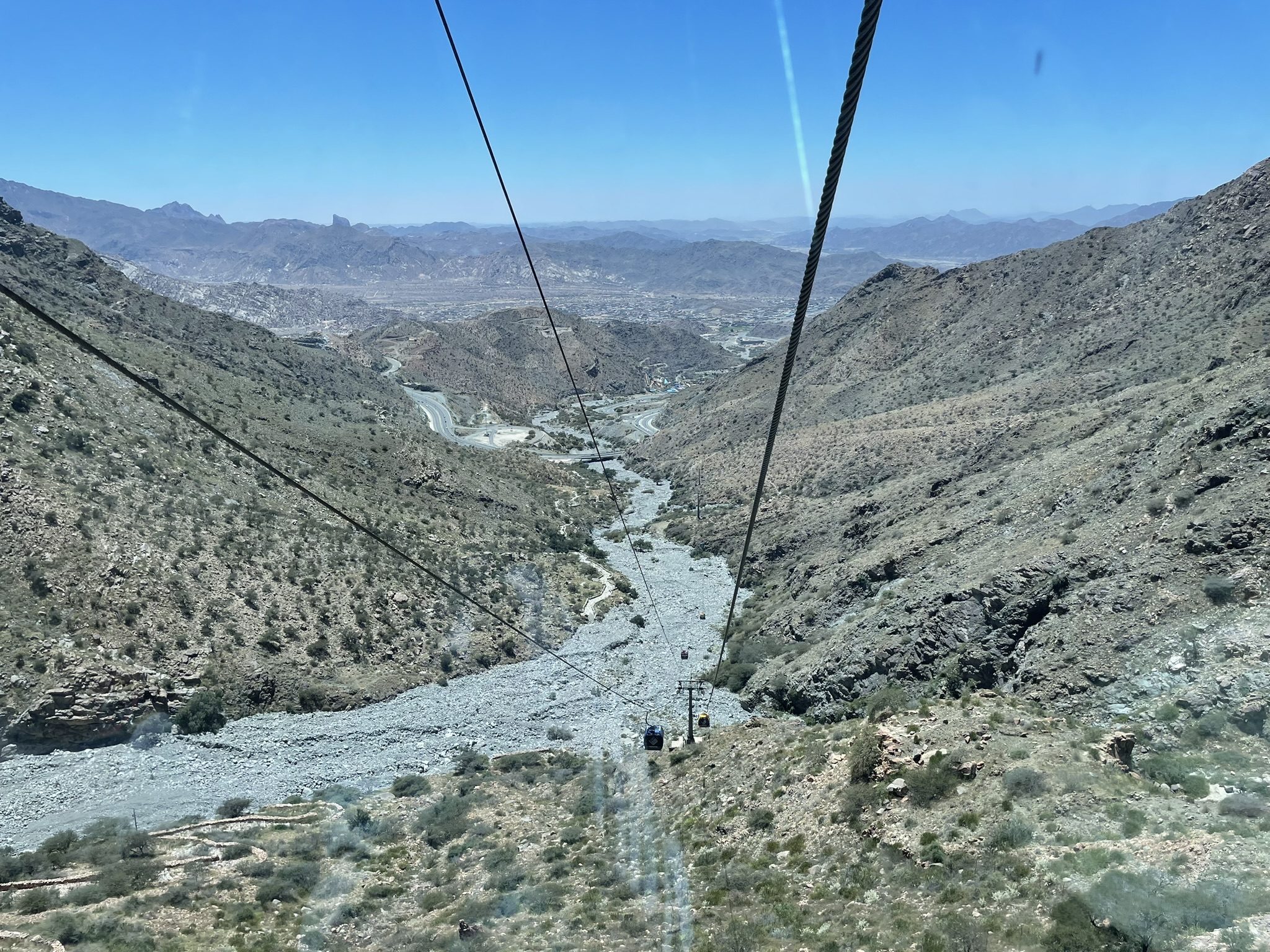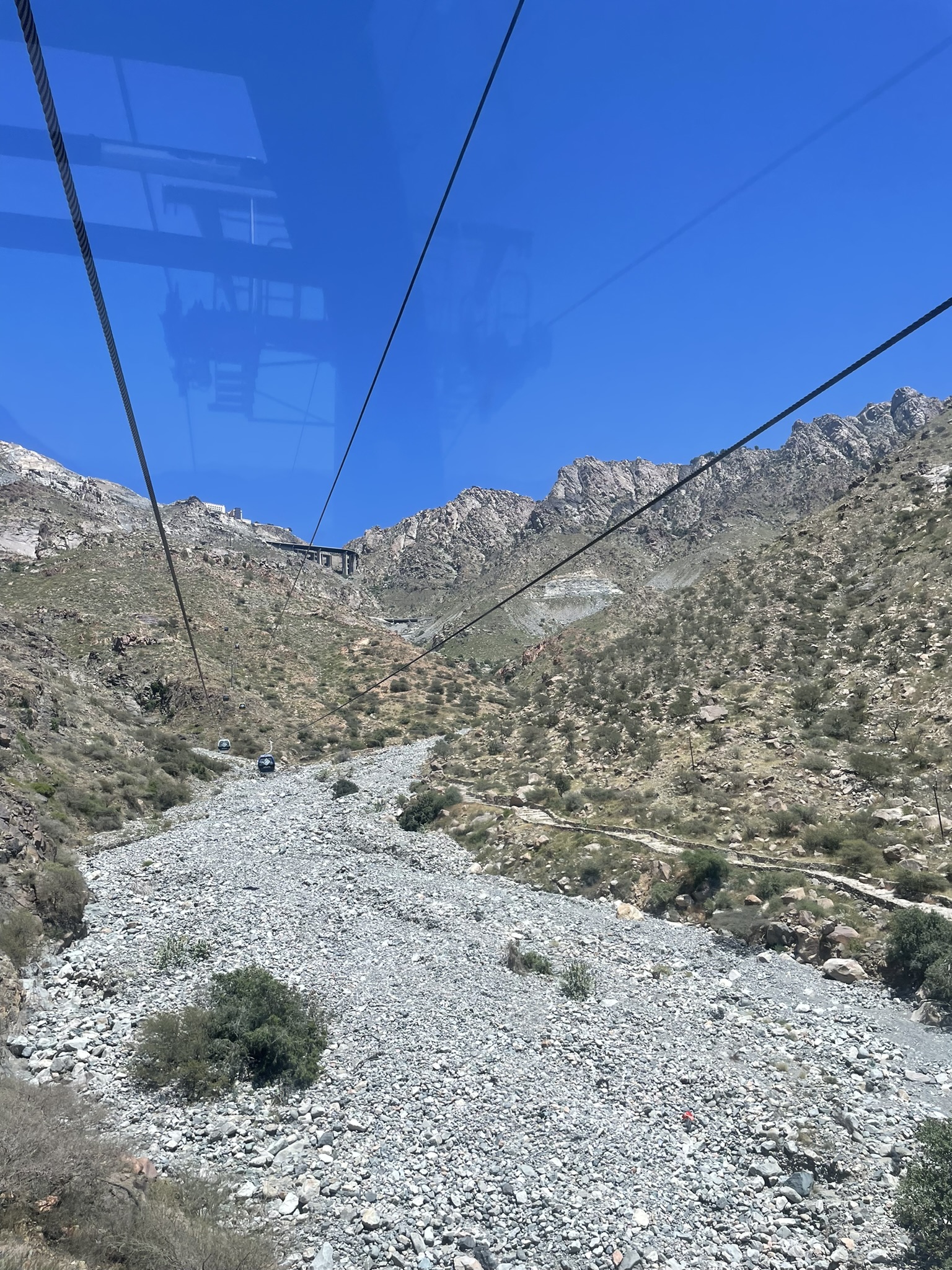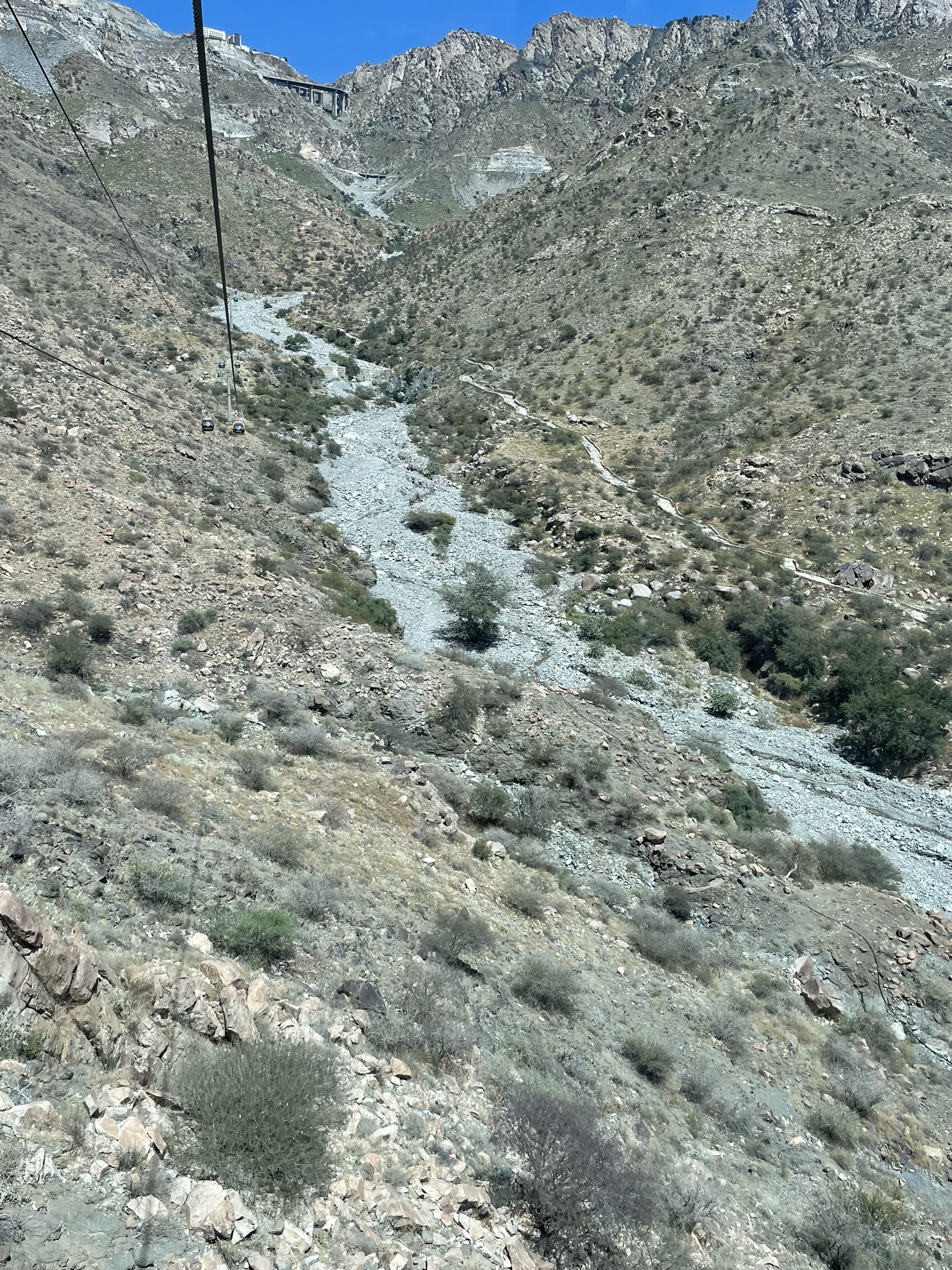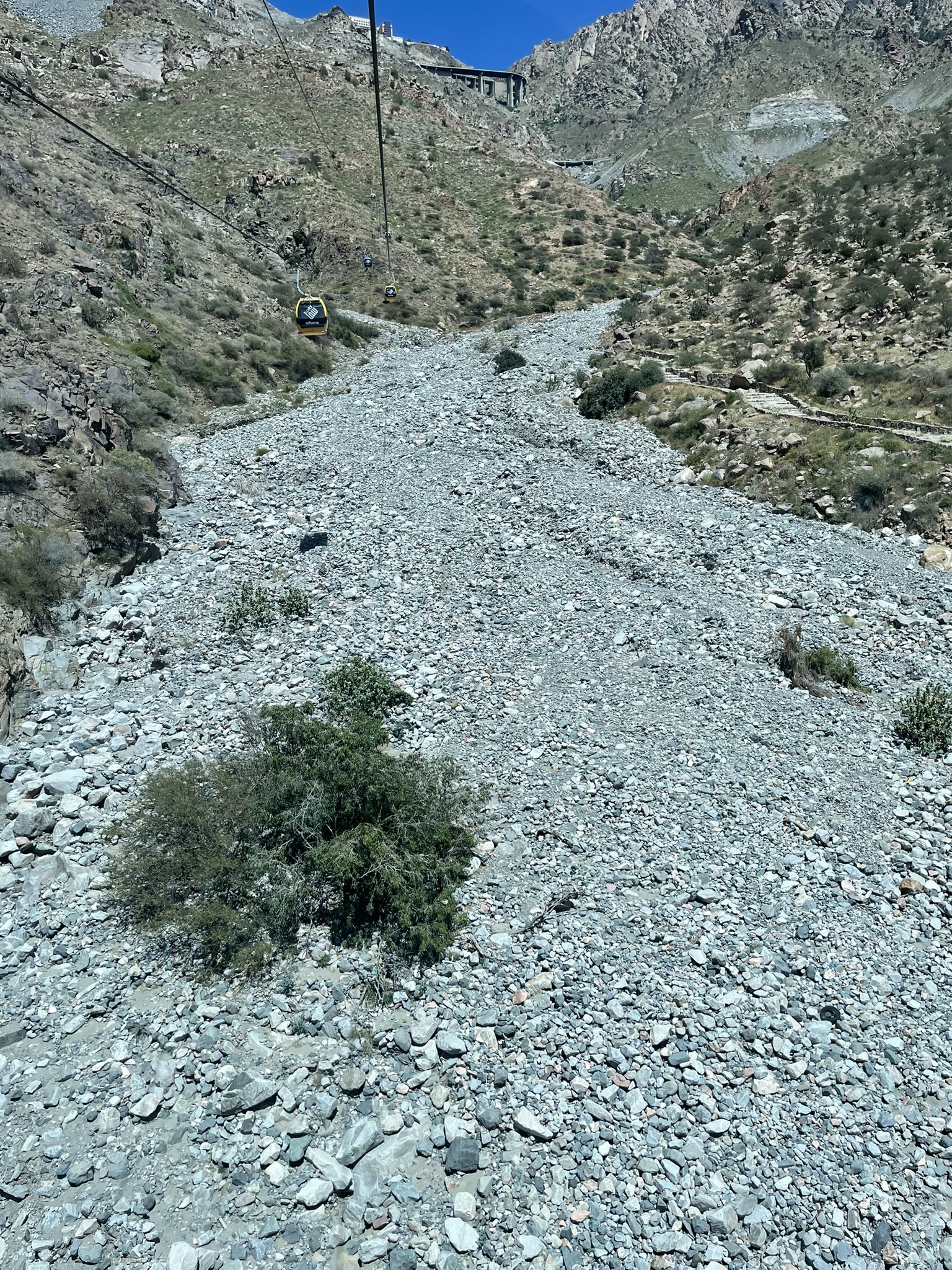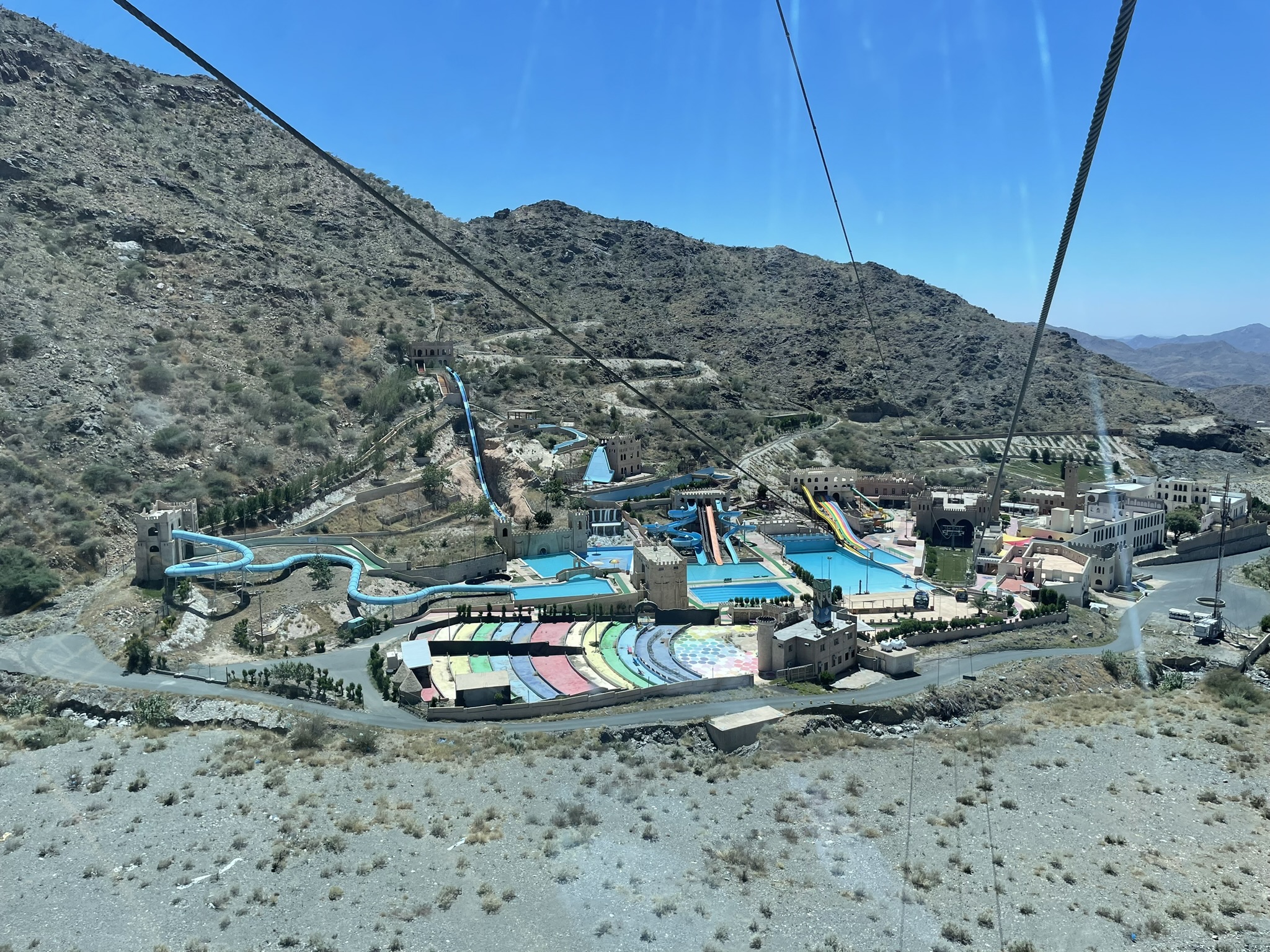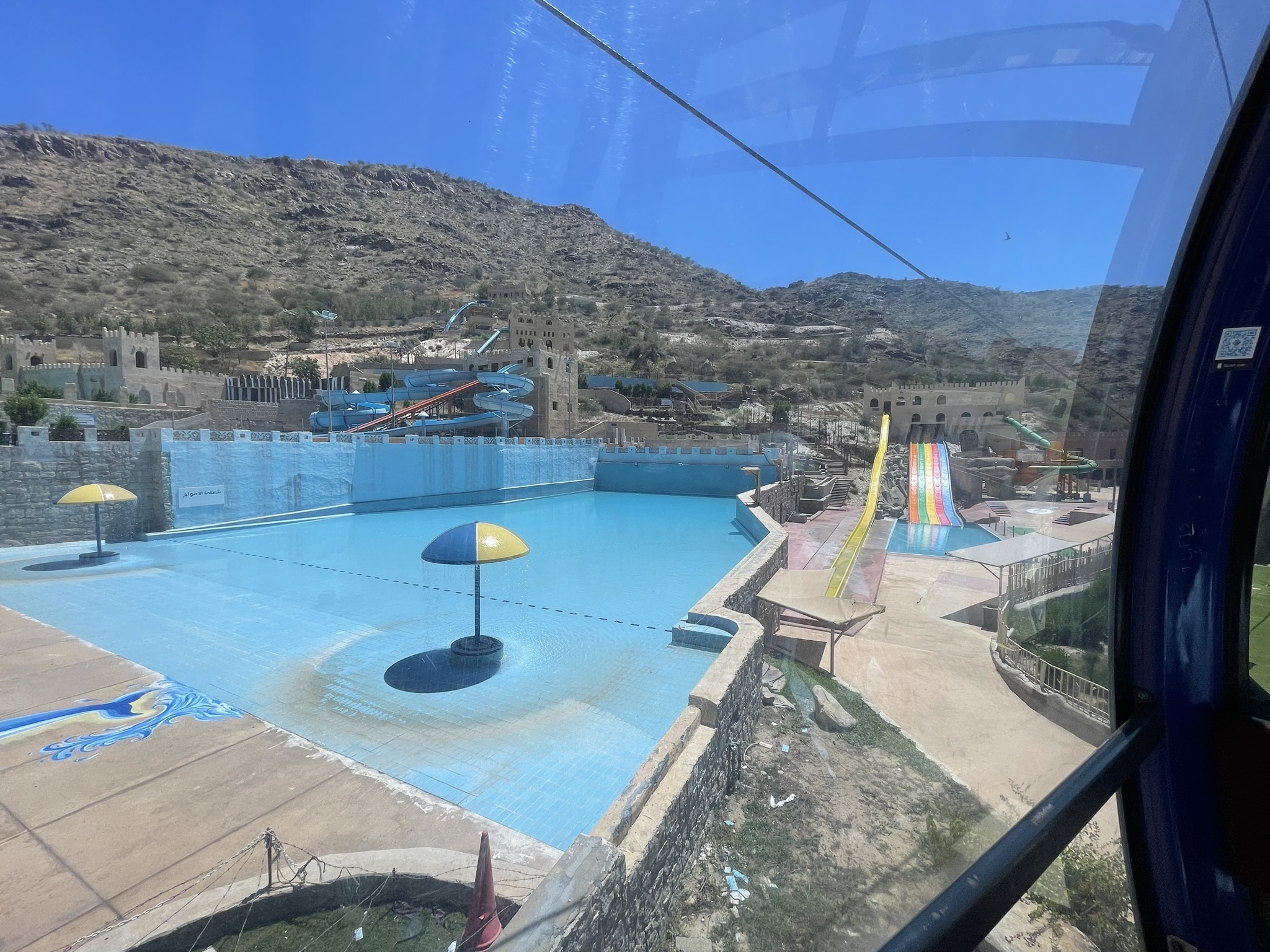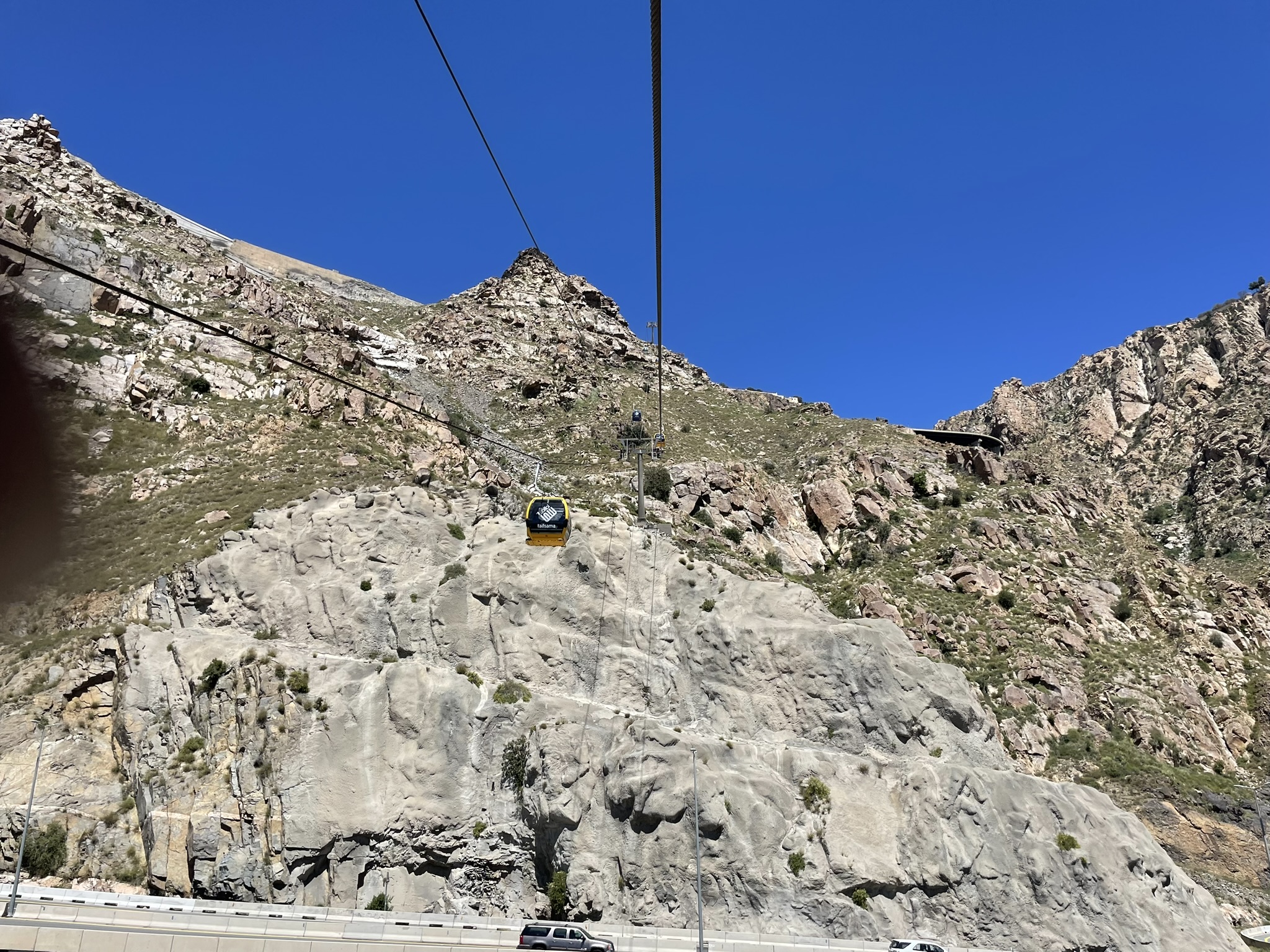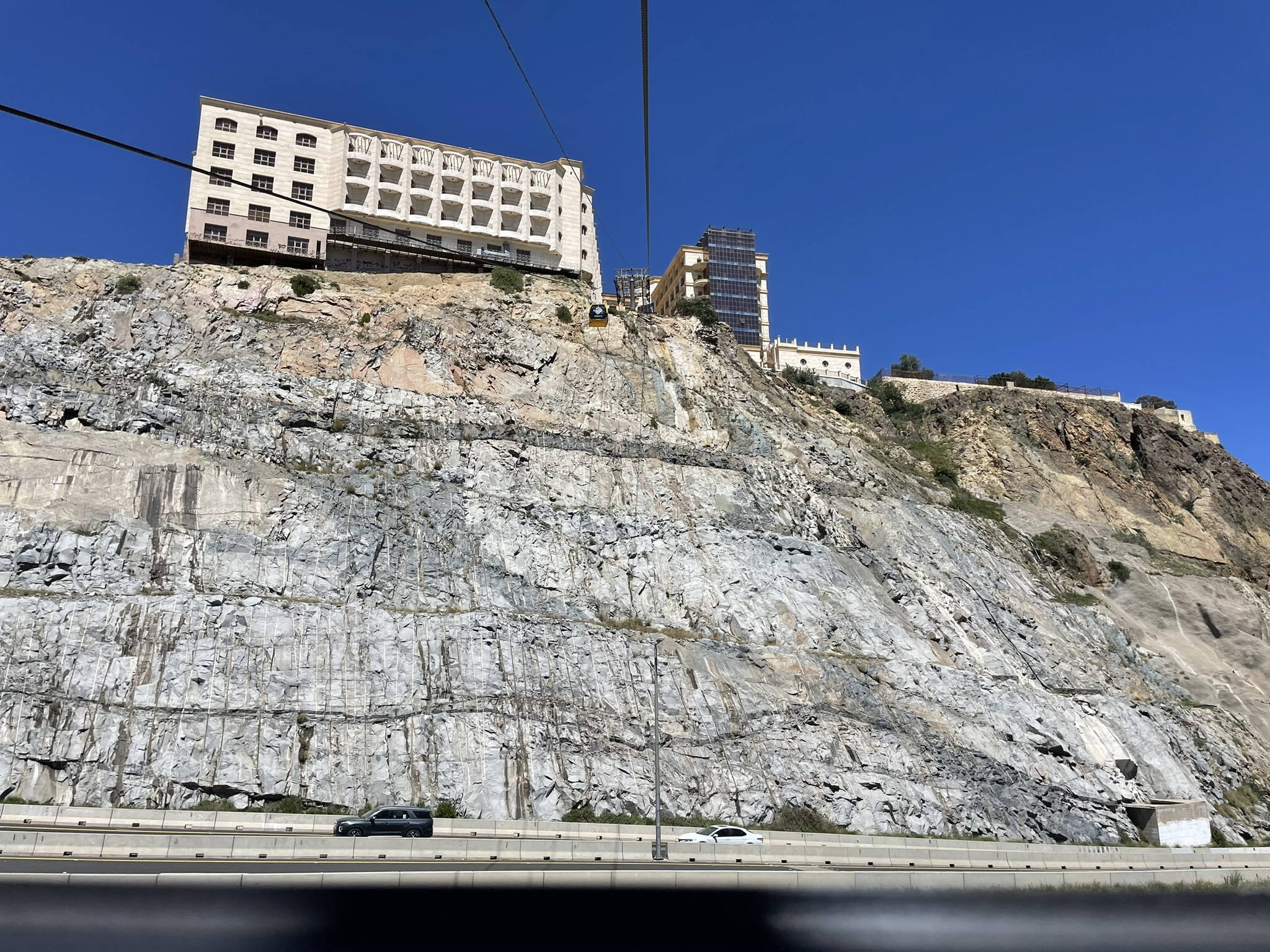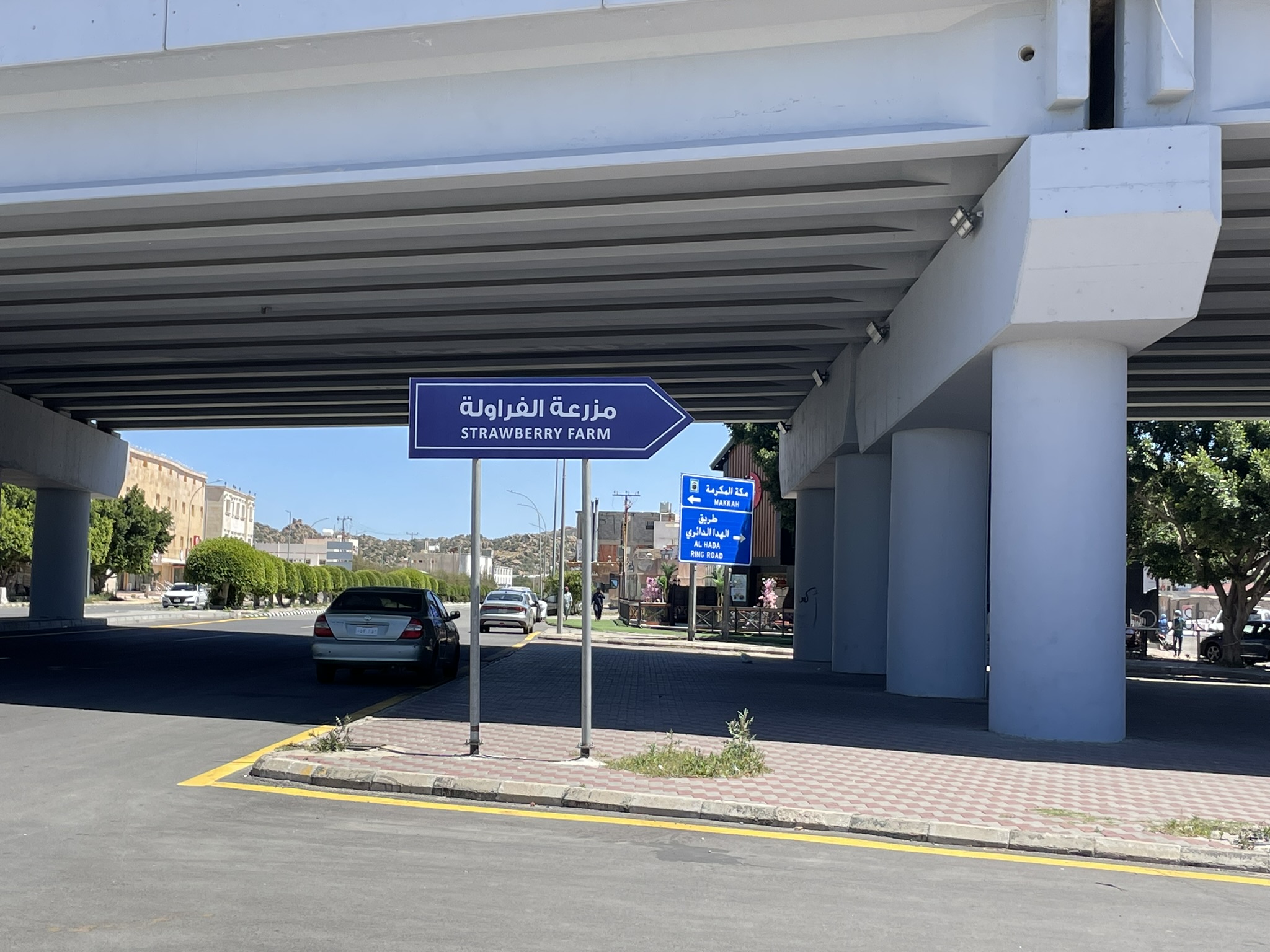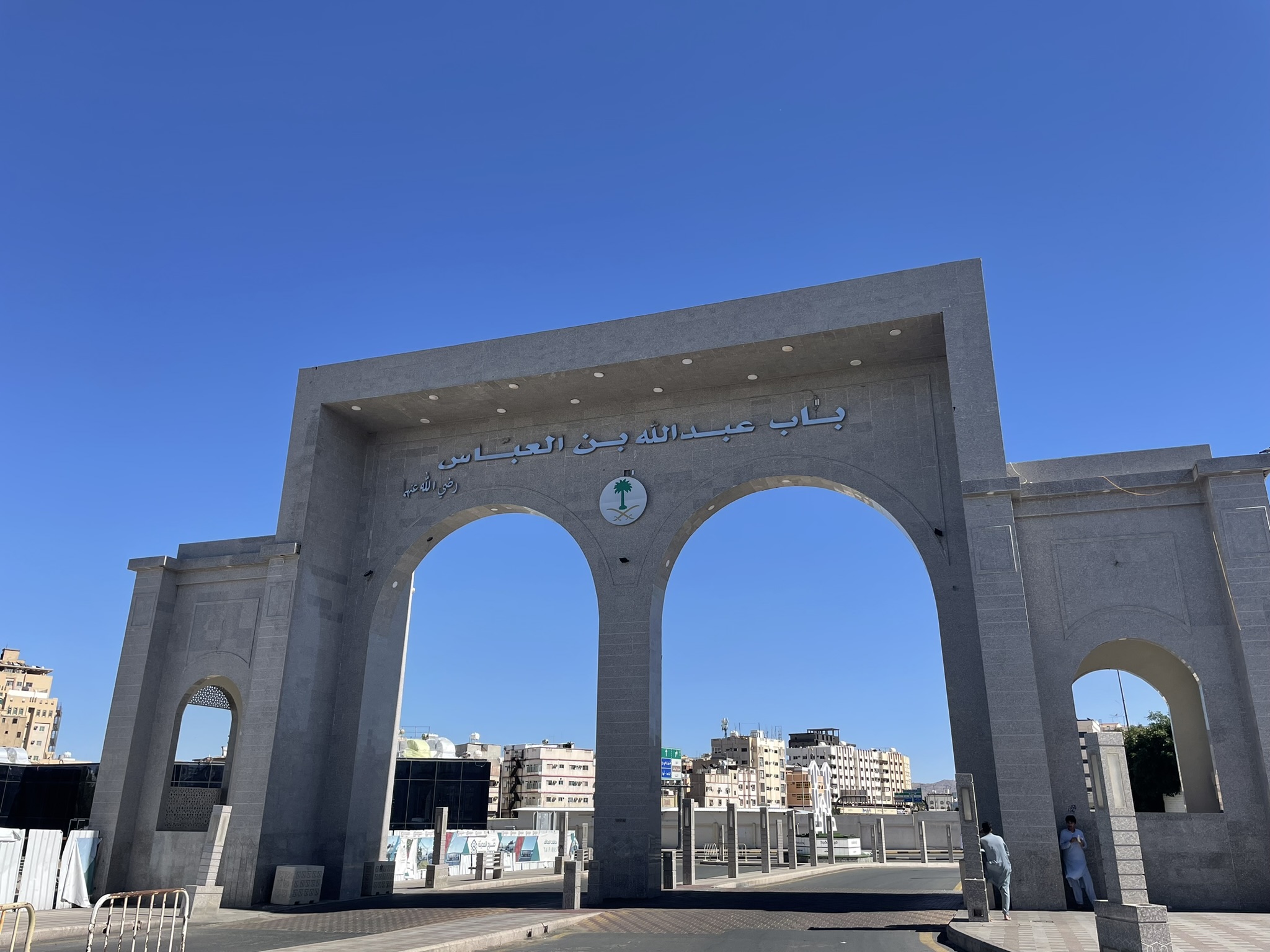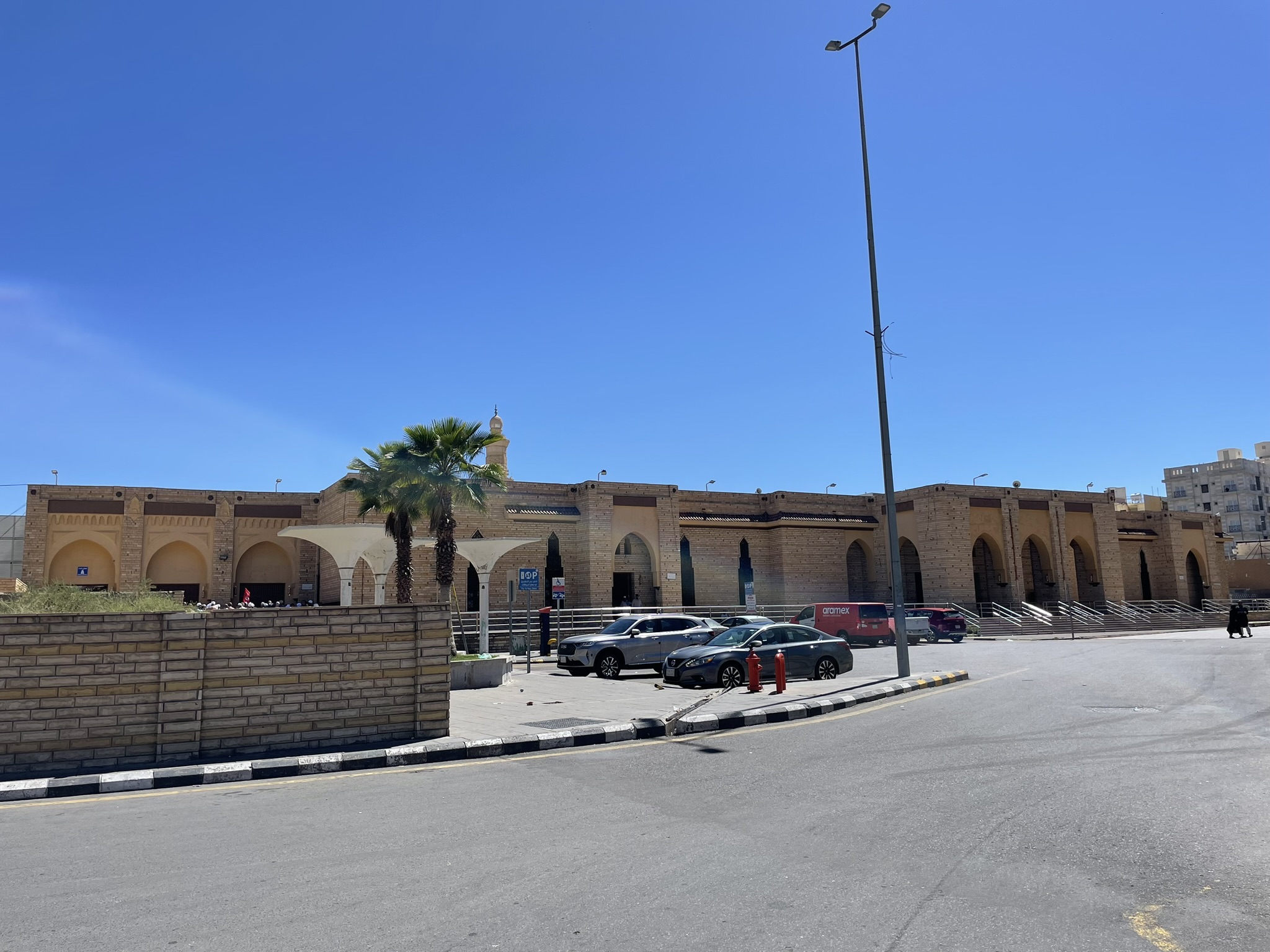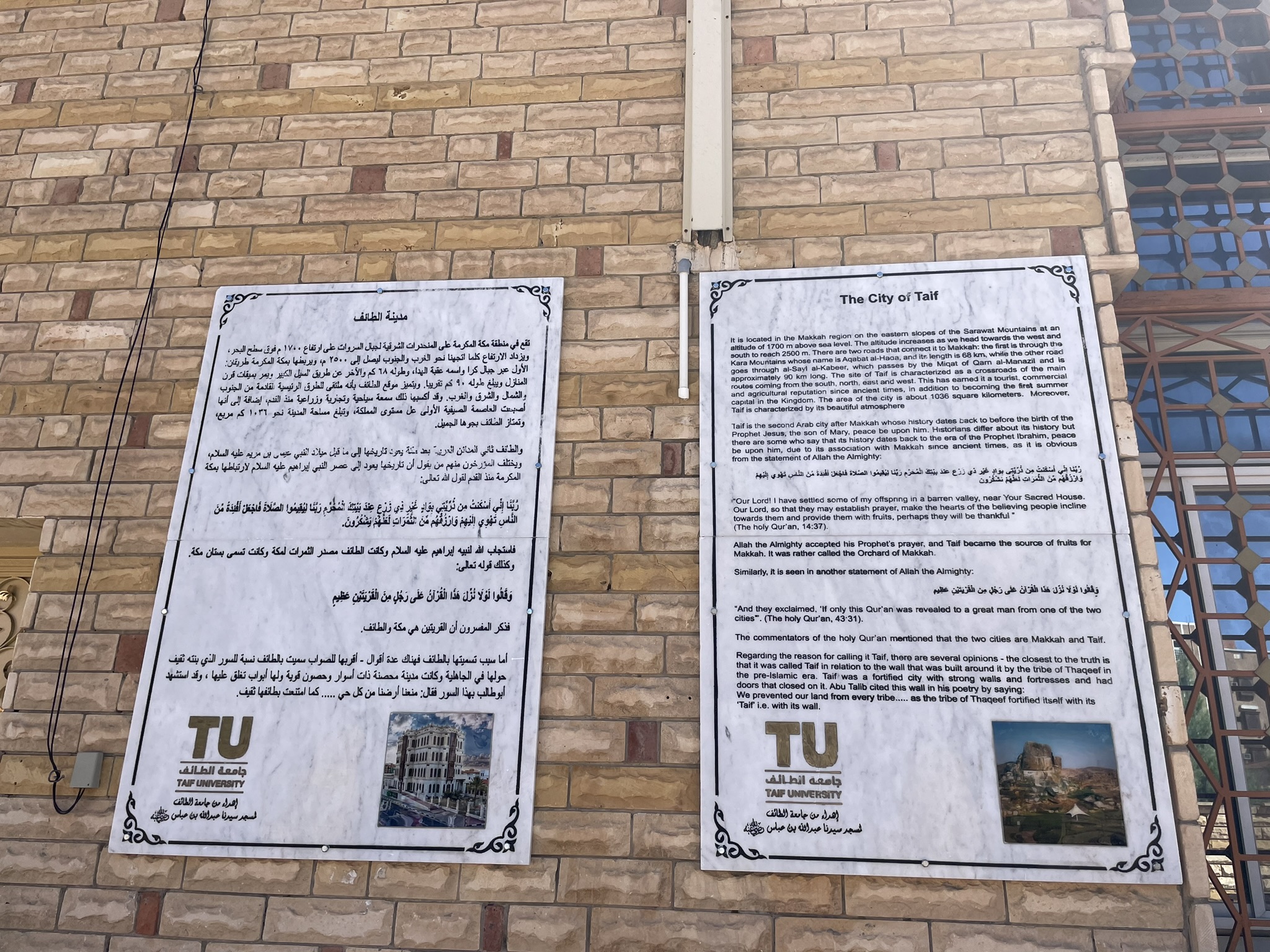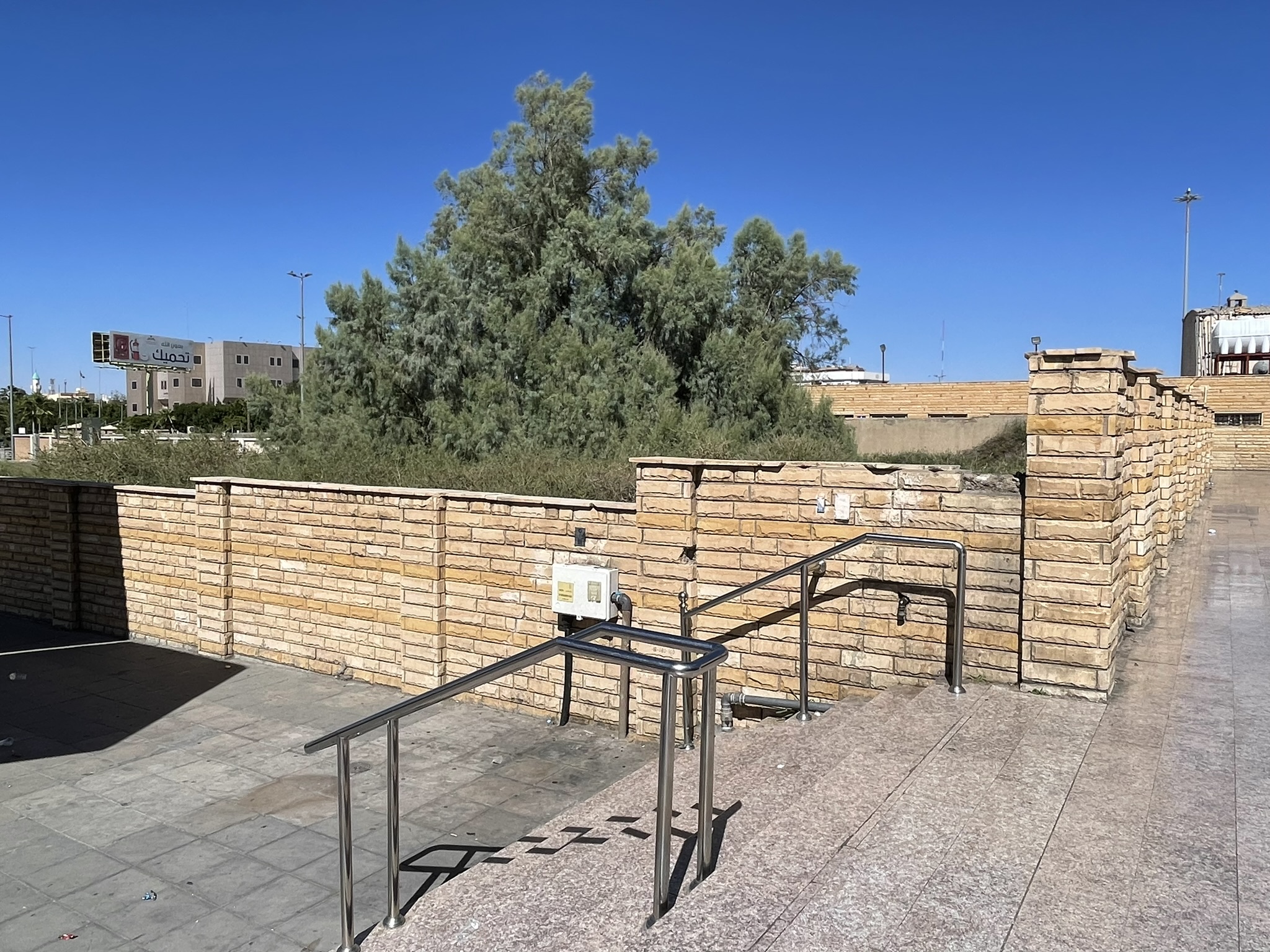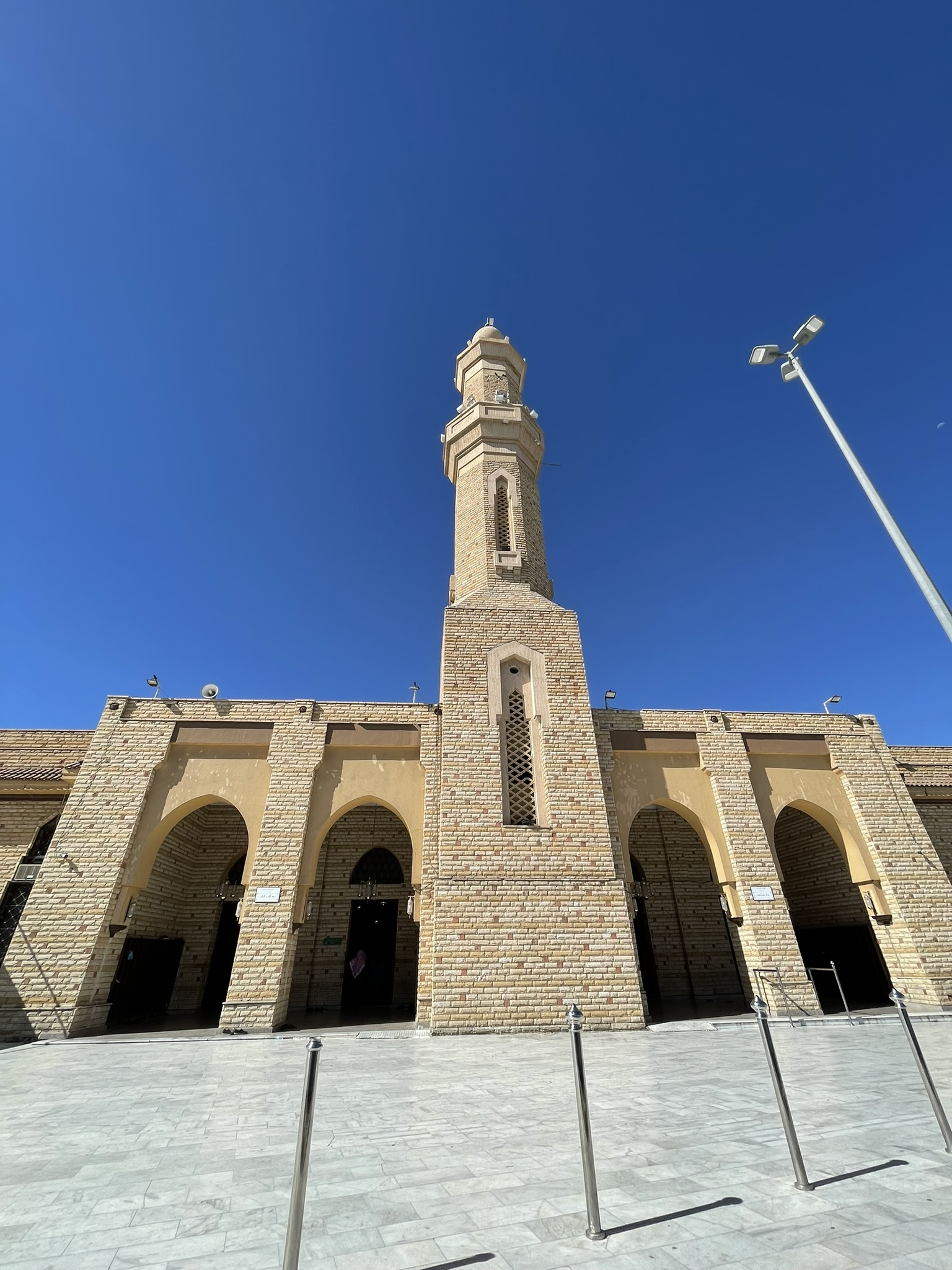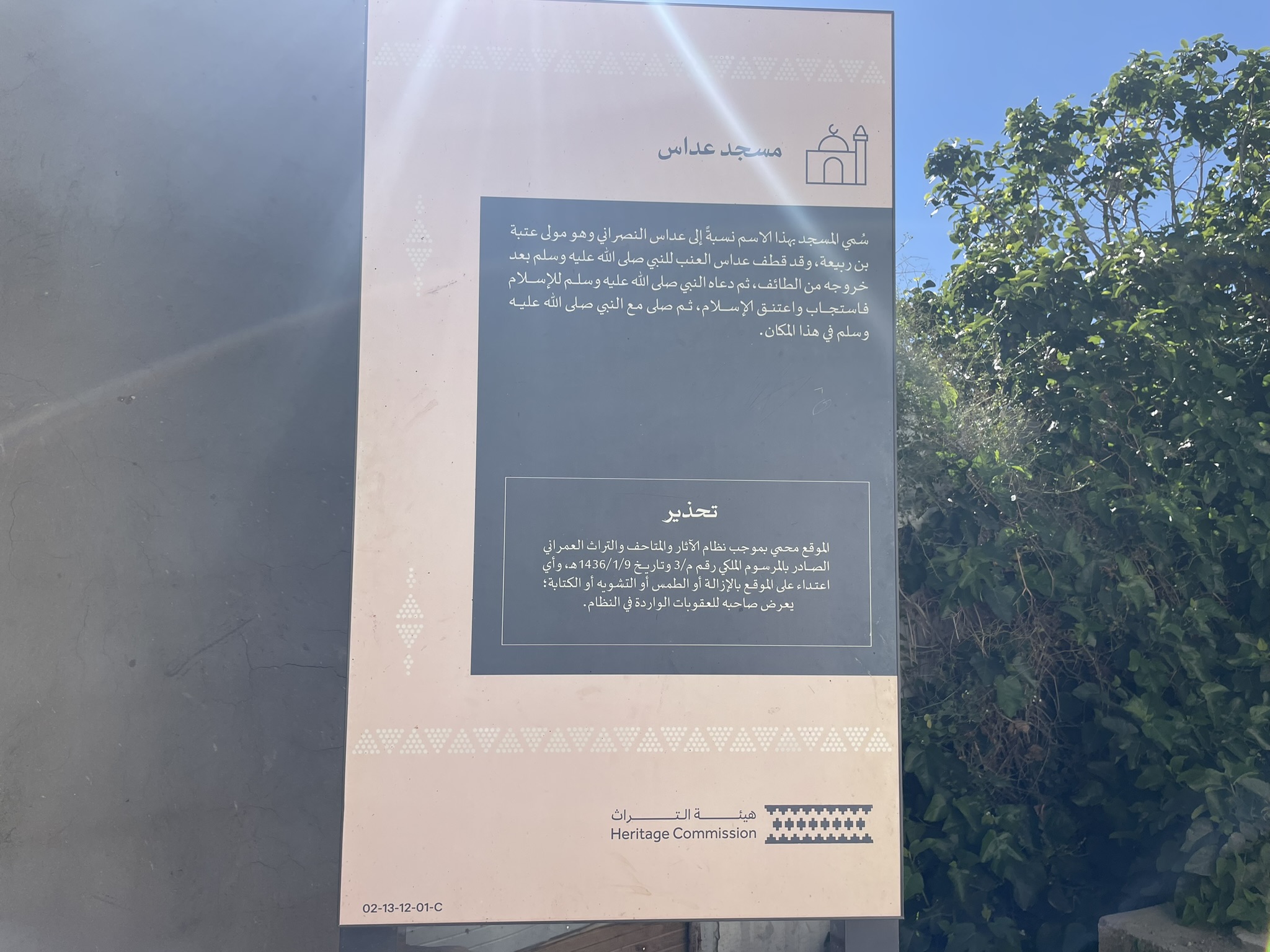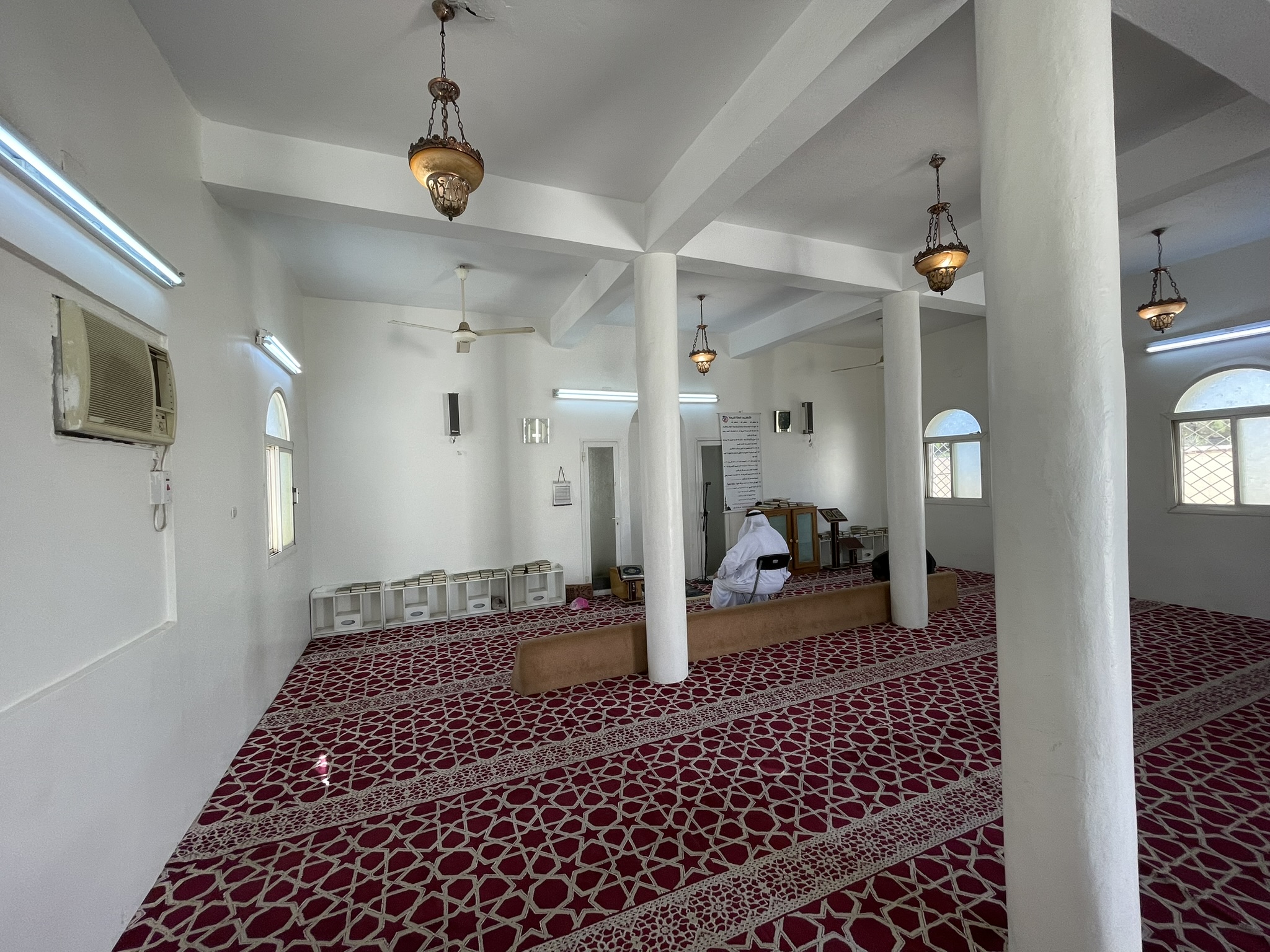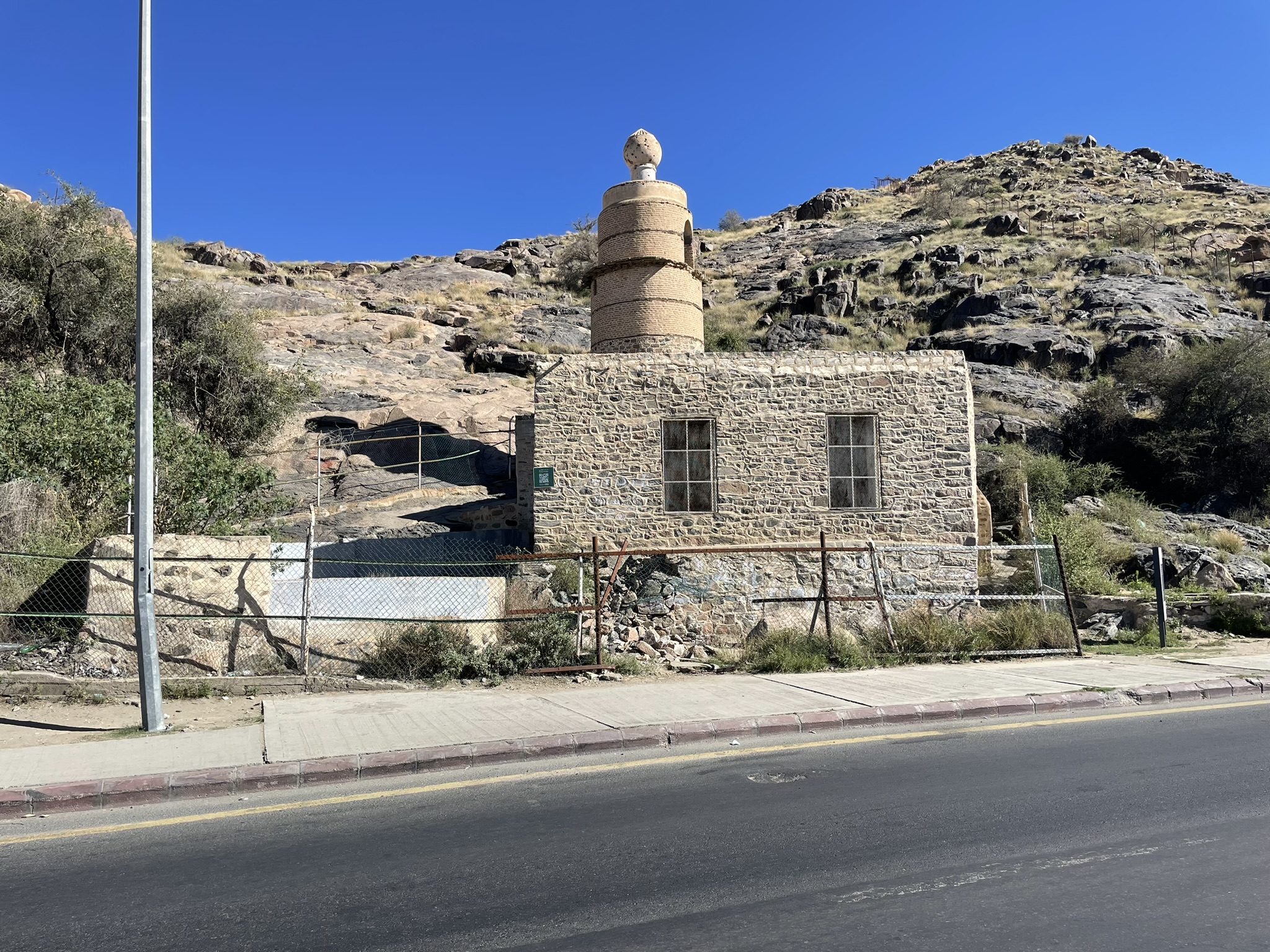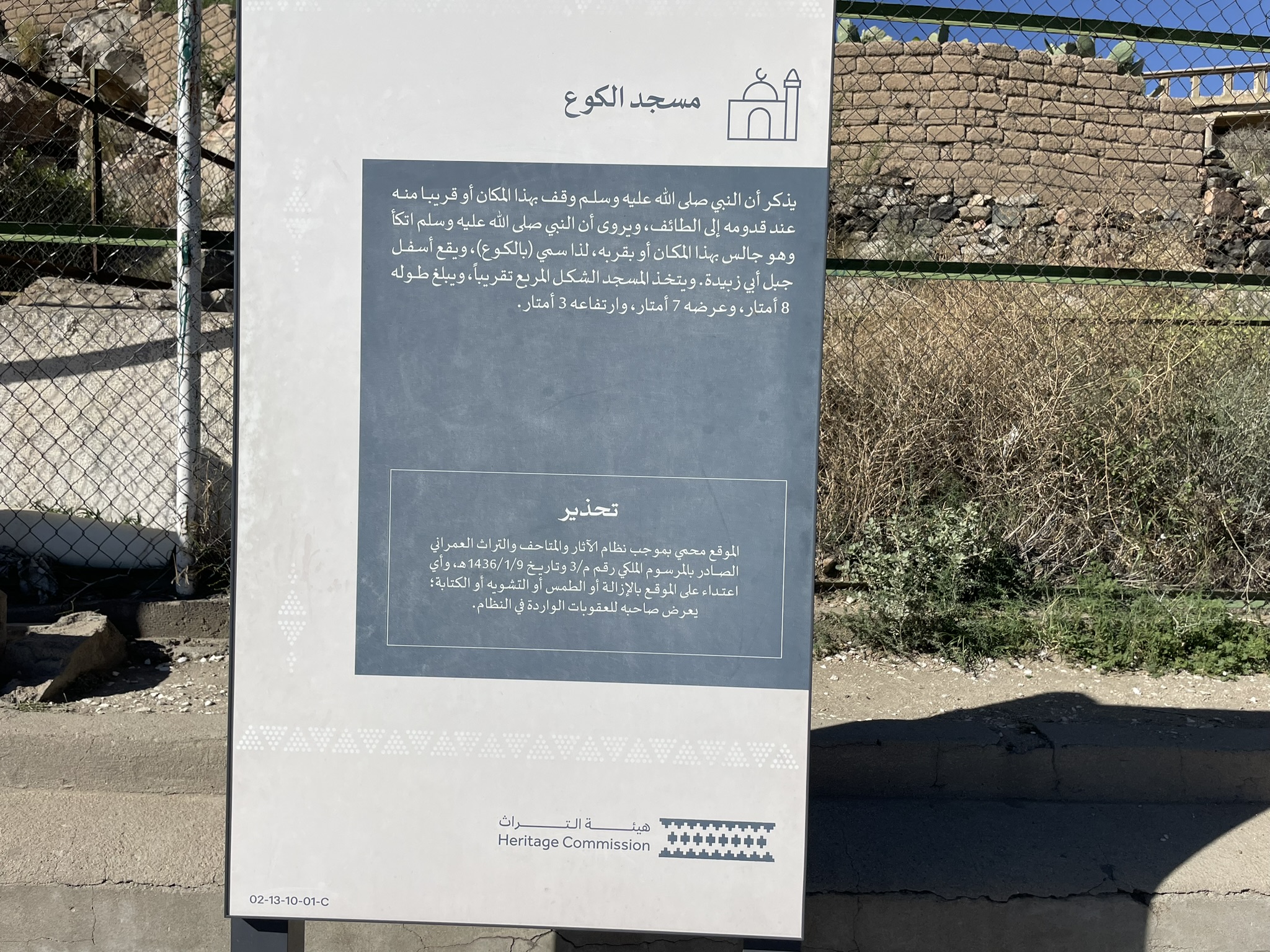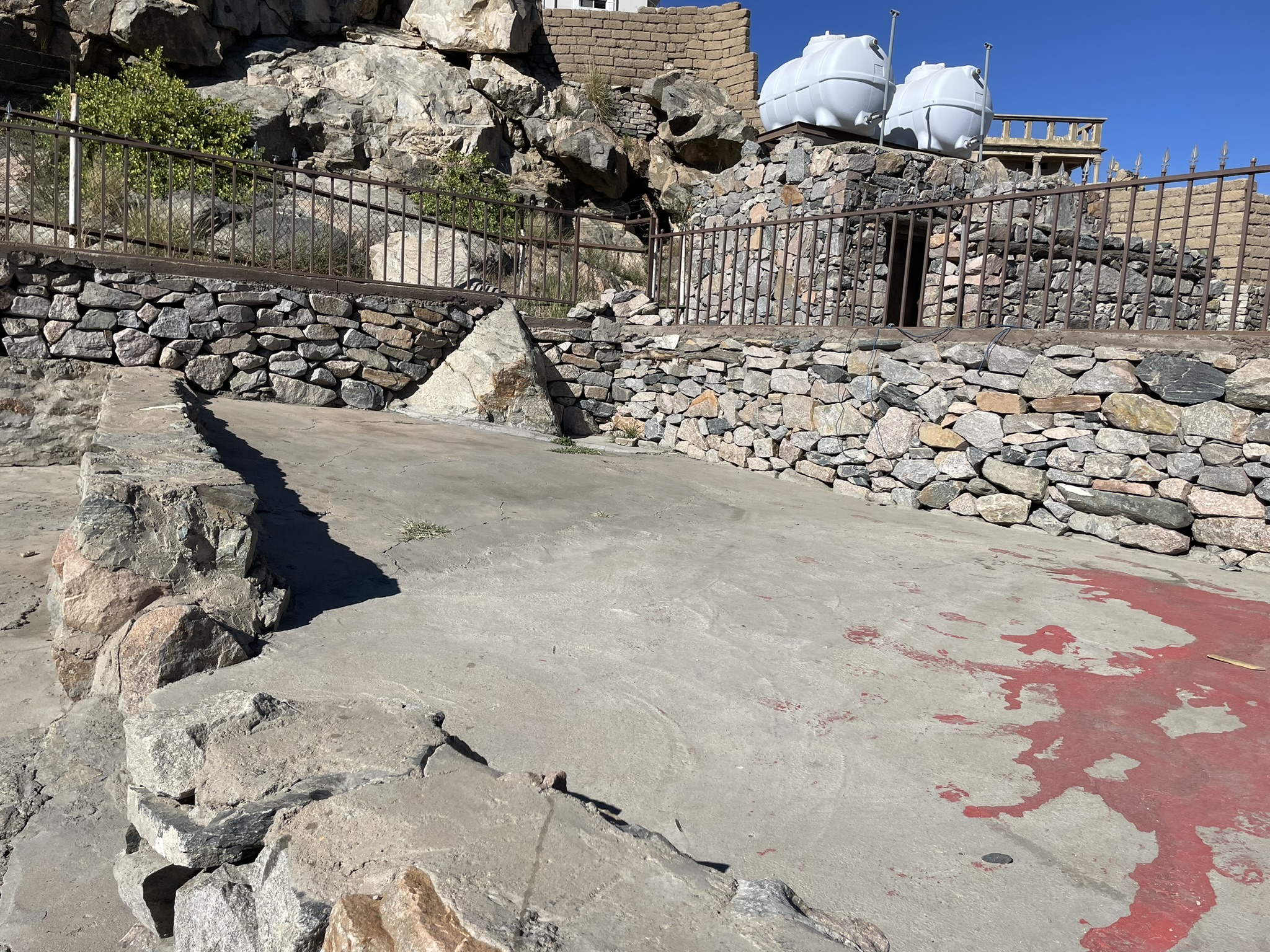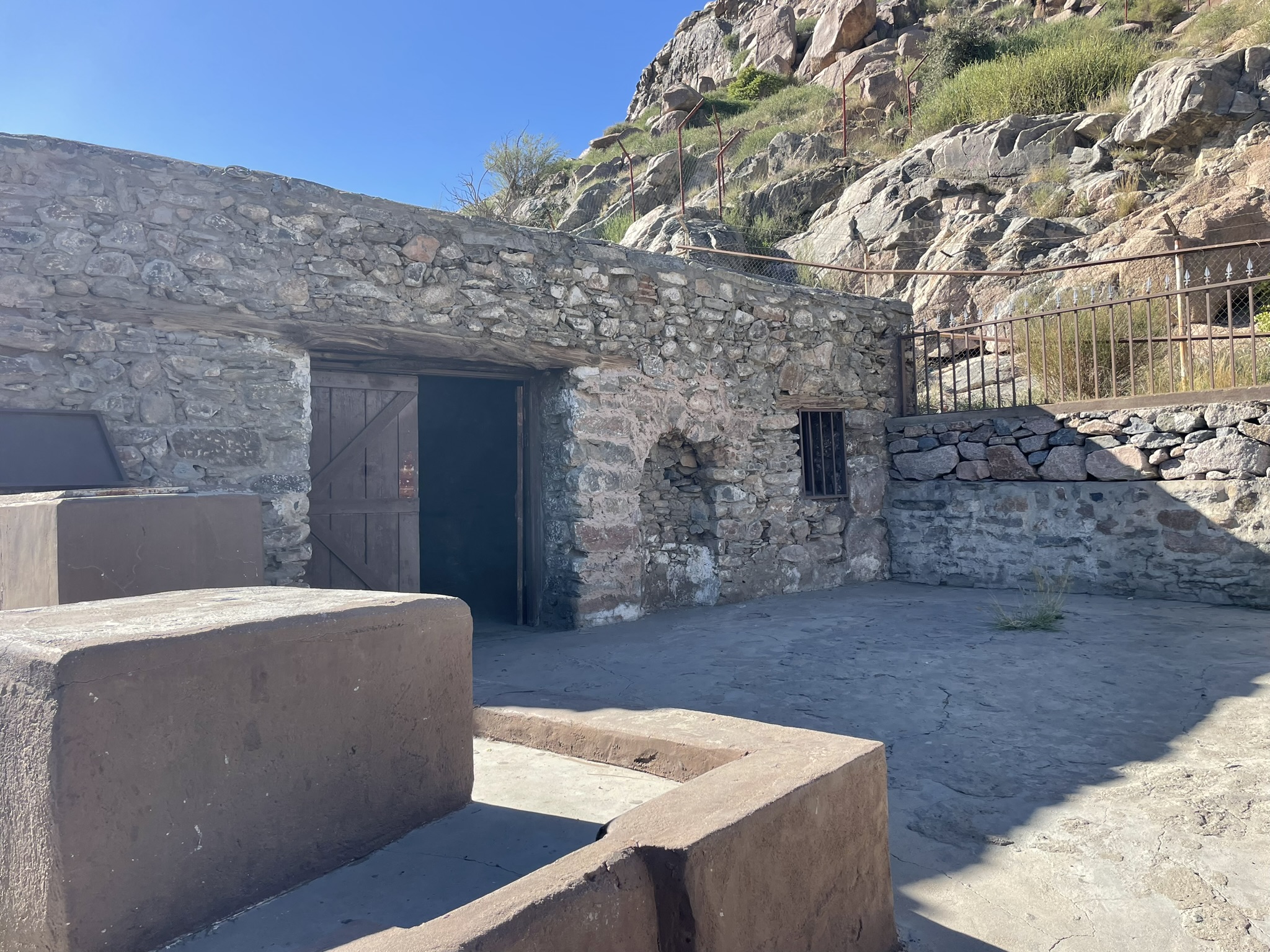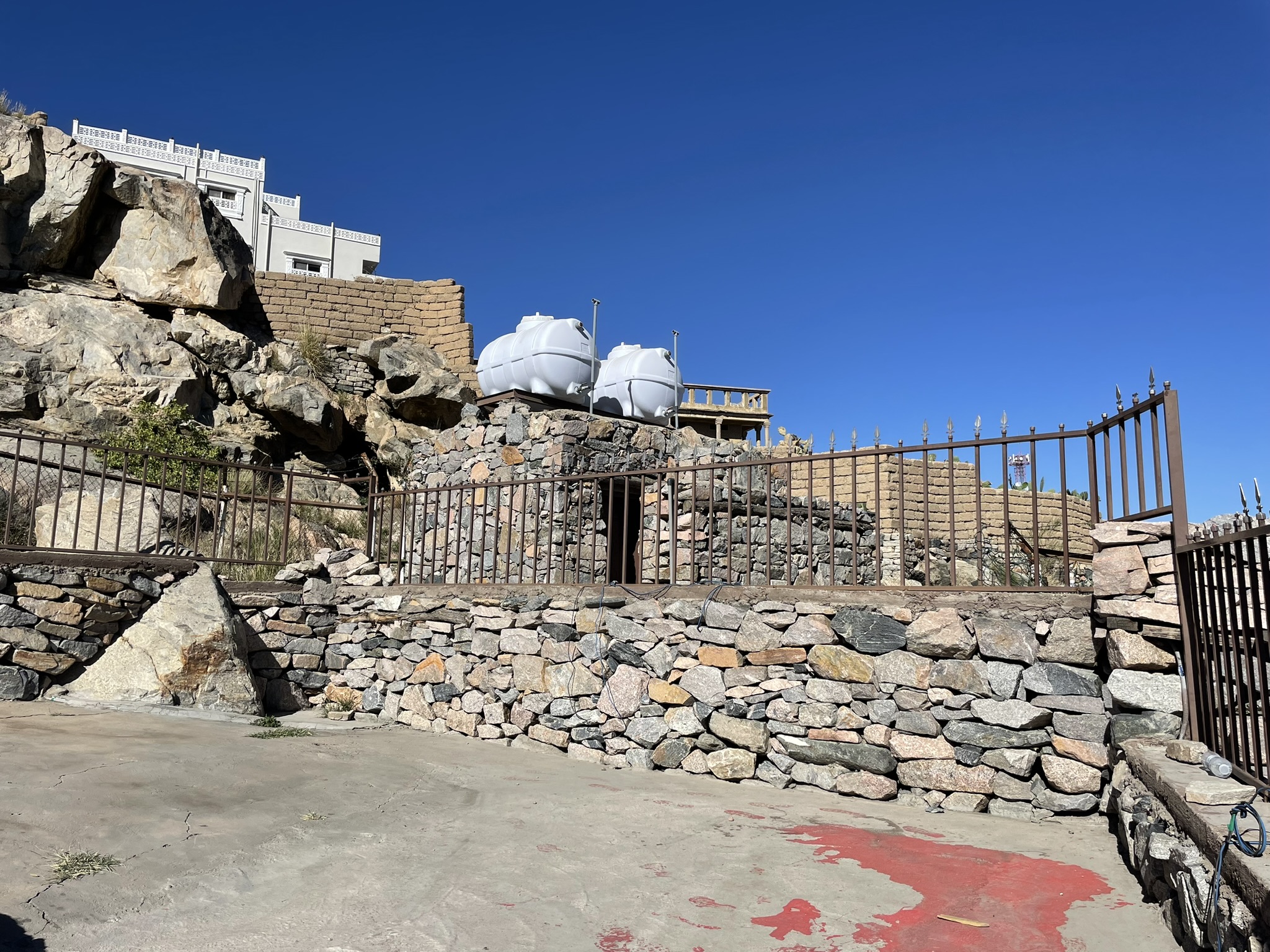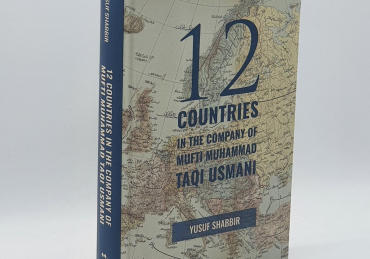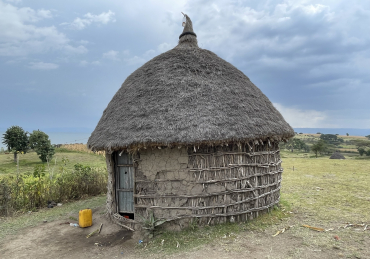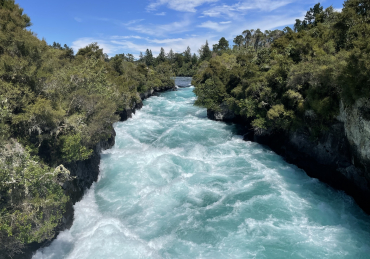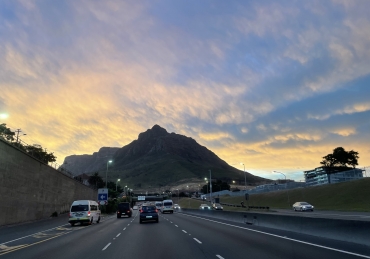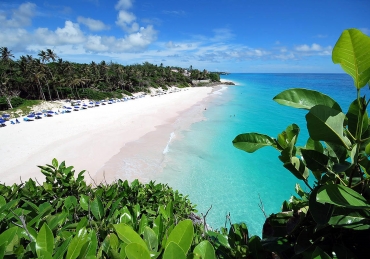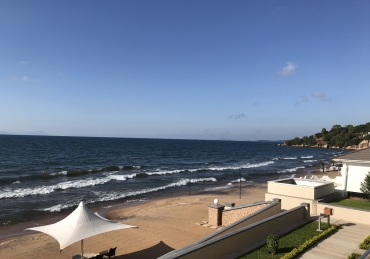A few hours in Taif
In the Name of Allah, the Merciful, the Beneficent
Introduction
One of the most emotional and heartbreaking stories from the life of our beloved Prophet ﷺ is his journey to Taif during the Meccan period. After the demise of Abū Ṭālib (d. 619 CE) the uncle of the Prophet ﷺ, the Meccans increased their persecution. The Prophet ﷺ thus decided to travel to Taif with the hope that the tribe of Thaqīf would provide assistance to him and be more favourable to accepting his message. The Prophet ﷺ undertook this difficult journey to Taif and spoke to some of the leaders. However, his message was rejected and he faced ridicule and also physical torment. At one stage, blood was flowing from both his blessed feet as a result of stones that were laid on his path.
Such was the hurt experienced by our beloved Prophet ﷺ that many years later whilst in the blessed city of Madīnah, the mother of believers ʿĀʾishah (d. 58/678, may Allah be pleased with her) asked him, “Have you encountered a day harder than the day of (the battle of) Uḥud?” The Prophet ﷺ replied, “I experienced from your people what I experienced, and the most severe of what I experienced from them was on the day of ʿAqabah when I presented myself to Ibn ʿAbd Yālīl ibn ʿAbd Kulāl and he did not respond to me as I desired. So, I departed overwhelmed with distress, and I did not recover until I reached Qarn al-Thaʿālib. I raised my head, and there I was by a cloud which was providing shade over me. I looked and therein was Jibrīl. He called out to me and said: ‘Indeed, Allah has heard your people’s statement to you and how they responded to you, and He has sent to you the angel in charge of the mountains so that you can instruct him as you wish in relation to them.’ The angel in charge of the mountains then called out to me, greeted me and said: ‘O Muḥammad, Allah has listened to what your people have said to you. I am the angel in charge of the mountains, and your Lord has sent me to you so that you can instruct me as you wish. If you wish that I should bring together the two mountains to crush them in between.’” The Prophet ﷺ replied, “Instead, I have hope that Allah will produce from their descendants those who will worship Allah, the One, without ascribing any partners to Him” (Ṣaḥīḥ al-Bukhārī, 3231; Ṣaḥīḥ Muslim, 1795)
And indeed, the people of Taif accepted Islam during the Medinan period and the wish of our beloved Prophet ﷺ came to fruition.
As a result of this, it has been my desire for a long time to visit Taif, as this was a place visited by our beloved Prophet ﷺ. Over a decade ago, we visited the outskirts of Taif city (within the Ḥill area) with my respected father to one of his friend’s residence, but did not visit the centre of the city or any of the historical places.
Another reason for wanting to visit Taif is the fact that the cousin of our beloved Prophet ﷺ, the authority on Quranic exegesis, ʿAbdullāh ibn ʿAbbās (d. 68/687-8, may Allah be pleased with them) is buried in Taif. In fact, he is the final companion to pass away in Taif as outlined in my treatise regarding the final companions to have passed away.
Another reason for wanting to visit Taif is to perform an ʿUmrah from Mīqāt.
Thus, our family of five depart from Makkah al-Mukarramah towards Taif on Tuesday 7 Shawwāl 1445 (16 April 2024) at midday in my brother’s car. Driving in Saudi Arabia is not too difficult, however there are many speed cameras.
Taif
Taif is a city and governorate in the Makkah Province of Saudi Arabia. It is located 90km to the east of Makkah, the opposite direction of Jeddah. The city is located at an elevation of 1870m in the slopes of the Hijaz mountains, because of which it enjoys a moderate weather during the summer, unlike most of Saudi Arabia. This is why many locals spend their holidays here. The fruits and woven coats of the city are also famous. The city’s population exceeds half a million people.
The word Taif (Ṭāʾif) means circulated or encircled, a name given to it because of the wall built around it by Banū Thaqīf. Historically, it was referred to Waj. The Quran also refers to the city in the verse (43:31), “And they exclaimed, ‘If only this Quran was revealed to a great man from one of the two cities’”. The two cities are Taif and Makkah al-Mukarramah, and scholars have mentioned several possibilities on who is being referred to from these two cities (Tafsīr Ibn Kathīr, 7:225).
Taif has a lot of history including from pre-Islamic times. The Arabian goddess al-Lāt which is mentioned in the Quran (53:19), was in Taif according to many scholars (Tafsīr al-Ṭabarī, 22:522-523). Some aspects of its history during the Prophetic era have been mentioned and some more will be mentioned shortly.
In relation to the more recent history, readers are directed to one snippet. In 1916, the Ottomans first lost control of Makkah al-Mukarramah to the traitor Sharif Hussein bin Ali (d. 1350/1931). Shaykh al-Hind Mawlānā Maḥmūd Ḥasan Deobandī (d. 1339/1920) and his colleagues moved to Taif. It was here that Sharif and his people lay siege on the city during Ramadan. Shaykh al-Hind and his colleagues sufficed on the recitation of the final ten Sūrahs in Tarāwīḥ Ṣalāh (Safarnāmah Asīre Malta, p.68). Although the Ottomans initially resisted, the city eventually fell two months later on 22 September 1916. Shaykh al-Hind and his colleagues were subsequently arrested and dispatched to Malta via Egypt.
Al-Hada Mountain Road
The route to Taif is a relatively straight road until the approach to Al-Hada Mountains in the outskirts of Taif. The drive from Makkah al-Mukarramah to Al-Kar Tourist Village at the bottom of the mountain in the valley takes 35-40 minutes. The Al-Kar Tourist Village is home to a waterpark.
We start the ascent on the Al-Hada Mountains and the 20km drive from the bottom to the top takes 20 minutes on the beautiful and scenic winding road.
It is over 2,000 meters above sea level and offers stunning views of the surrounding mountain terrains. The road is most notable for its wavy, spiral design, and the regular twists and turns. There are many baboons on the route adding to the experience.
Taif Cable Cars (Telefric Al Hada)
After ascending to the top of the mountain at 1pm, we turn right on Taif’s first ring road and drive to the Al-Hada Cable Car Resort which is home to Ramada hotel and some shops. Some non-Muslim foreigners are also here from the UK. Here, we meet with brother Abu Noor, who kindly provides us discounted tickets for the cable car for 55 riyals each. The standard price is 100 riyals.
The cable car begins from the Ramada hotel and leads all the way to Al-Kar village. These two sites make up the upper and lower stations of the cable car and it is possible to take a break at either station. The one-way journey takes 20 minutes, despite the relative slow speed of the cable car. This illustrates that the actual distance between the two points is much less than the distance on road due to the twists and turns.
The Al Hada Cable Car in Taif takes you from the top of the mountain to the bottom in 20 mins, offering breathtaking views including of the old stoney route which may have been the route our beloved Prophet ﷺ used when he travelled to Taif. A must visit. pic.twitter.com/2SFrNTUNyV
— Dr Yusuf Shabbir (@ibn_shabbir) May 4, 2024
As we start the descent down, the scene is breathtaking, with spectacular views of the mountain and village as well as the winding road.
More importantly, we notice an old stoney route from the top to the bottom which was used in previous times and was probably the route used by our beloved Prophet ﷺ. Imagine how the Prophet ﷺ would have ascended this mountain and descended on his return. At one point, we observe a person ascending on part of the route with some of his camels. The Prophet ﷺ undertook this journey on foot, as mentioned in several narrations (al-Muʿjam al-Kabīr, 13:73; al-Duʿāʾ, 1036; Tārīkh Dimishq, 49:152).
The cable car is a smooth ride and whilst it is very steep, there are no sudden drops, as is the case in Sarajevo, Bosnia and some other locations. The waterpark at the bottom looks good, although we did not see anyone using it, perhaps because it was midday or due to another reason.
It should be noted that Al-Hada Mountains and the cable car are within Ḥill (the area between Ḥaram and Mīqāt). Therefore, if someone visits this and returns to Makkah al-Mukarramah, he is not obliged to enter into Iḥrām. The Mīqāt, Qarn al-Manāzil is between this and the main Taif city. If someone does decide to do this, they can avoid the car journey on the mountain and start the return cable car from Al-Kar village at the bottom.
Strawberry Farm
We return to the Ramada hotel at the top of the mountain and proceed to our next stop, the Strawberry Farm, which is approximately 1km from the hotel on the Hada road.
This is a nice picnic spot with a baby zoo therein. The entry fee is 35 riyals per person. We ask the staff if there are any fresh strawberries that can be picked and he replies in the negative. Our time is also restricted so we decide not to enter.
Abdullah ibn Abbas Mosque
At 2.30pm, we arrive into the centre of the city and park the car near the Abdullah ibn Abbas Mosque, with the iconic Al Abbas gate (باب عبد الله بن العباس) visible to us.
We eat lunch at a local restaurant and thereafter proceed to the Mosque opposite. It is quite busy with many tourists visiting.
There is a library within the external area of the Masjid named after ʿAbdullāh ibn ʿAbbās (d. 68/687-8, may Allah be pleased with them) (مكتبة عبد الله بن العباس رضي الله عنهما).
To the right of this is the entrance for females. In between the library and the female entrance to the Masjid, there is a square area, fenced with a tall wall, wherein some locals suggests to us lies the grave of ʿAbdullāh ibn ʿAbbās (may Allah be pleased with them).
We offer our Salāms here. Opposite this area towards the road is a larger area fenced with a much shorter wall, where it is suggested that several companions and others are buried.
There are no signs or notices on the walls of both areas.
As mentioned above, ʿAbdullāh ibn ʿAbbās (may Allah be pleased with them) was the final companion to pass away in Taif. He was the cousin of the Prophet ﷺ, however he was young in the prophetic era. He is one of the four famous young companions with the name ʿAbdullāh. He migrated with his parents to the blessed city of Madīnah in 8 hijrī and spent approximately 30 months in the company of the Prophet ﷺ. His maternal aunt was the mother of believers, Maymūnah (d. 51/671-2, may Allah be pleased with her), which allowed him to spend a night in the Prophetic household and observe the night schedule and practice of the Prophet ﷺ. This story which is the basis for many jurisprudential issues is known as Ḥadīth al-Baytūtah (the ḥadīth of the night stay), and it is transmitted in Ṣaḥīḥ al-Bukhārī more than ten times. On one occasion, he placed ablution water for the Prophet ﷺ who supplicated for him, “O Allah, grant him tafaqquh (profound understanding) in dīn” (Ṣaḥīḥ al-Bukhārī, 143). On another occasion, the Prophet ﷺ hugged him and supplicated for him, “O Allah, grant him the knowledge of the book” (Ṣaḥīḥ al-Bukhārī, 7270). It is therefore no surprise that this supplication was accepted and he is regarded as the authority on Quranic exegesis. It should be borne in mind that he was approximately 13 years old when the Prophet ﷺ passed away. He was also relatively young during the caliphate of ʿUmar ibn al-Khaṭṭāb (d. 23/644, may Allah be pleased with him), yet ʿUmar would attest to his credentials and include him in his meetings. Due to his knowledge, he was afforded the title of ocean. He was also an expert on the jurisprudence of Hajj. He was eloquent in speech, intelligent, tall like his father and beautiful. He would fast on Mondays and Thursdays. He passed away in Taif and it is suggested that a white bird entered into his shroud and was not seen thereafter, and this was interpreted as his knowledge departing with him. Ḥāfiẓ Dhahabī (d. 748/1348) has mentioned several narrations in Siyar (3:331) in this regard and suggests that the incident of the bird entering his shroud reaches the level of tawātur (mass transmission). He also mentions that the number of his ḥadīths are 1660, of which there are 75 ḥadīths in the Ṣaḥīḥayn. Several standalone books have been published on his biography and knowledge which can be referred to.
We perform Ṣalāh in the Abdullah ibn Abbas Mosque which is large and has many pillars. This is the new Masjid.
Abdullah ibn Abbas older Mosque
We understand that there is also the Abdullah ibn Abbas older mosque nearby at a few minutes’ walk. Some people suggest that this is where he taught, Allah knows best, although there is no suggestion that he is buried there.
Addaas Mosque
We depart from the Abdullah ibn Abbas Mosque and travel 3km south west towards the Wadi Waj Road where there are several historical sites located. The first of these is the Addas Mosque, which is located among some grape vines, to the right side of the road, when travelling out of the city. We enter the small street and park the car opposite an ice cream van selling ice cream for 3 riyals.
The background to this mosque lies in the journey of the Prophet ﷺ to Taif. Imām Ibn Isḥāq (d. 150/767-8) mentions that when the two sons of Rabīʿah, ʿUtbah and Shaybah saw what the Prophet ﷺ encountered from the people of Taif, they felt a bit sorry for him and asked a Christian slave ʿAddās to take some grapes for the Prophet ﷺ. The narration mentions that when ʿAddās presented the grapes, the Prophet ﷺ said, “Bismillāh” before eating them. ʿAddās replied, “By Allah, indeed the people of these towns do not say these words.” The Prophet ﷺ said to him, “And from which region are you O ʿAddas and what is your religion?” He replied, “Christian, and I am from the people of Nineveh (in Iraq).” The Prophet ﷺ asked, “From the village of the pious person, Yūnus ibn Mattā?” ʿAddās replied, “and what do you know about Yūnus ibn Mattā?” So, the messenger of Allah ﷺ said, “He is my brother, he was a prophet and I am a prophet.” Upon hearing this, ʿAddās kissed the Prophet ﷺ on his blessed head, hands and feet. This resulted in ʿUtbah and Shaybah rebuking ʿAddās and warning him that his religion i.e. Christianity is better than Islam (Sīrah Ibn Hishām, 1:421; Tārīkh al-Ṭabarī, 2:345; al-Bidāyah wa al-Nihāyah, 4:339). Some narrations mention that he accepted Islam by saying, “I testify that you are the servant of Allah and His messenger” (al-Iṣābah, 4:386).
Some narrations also suggest that prior to this, when the Prophet ﷺ received the first revelation and returned to the mother of believers Khadījah (may Allah be pleased with her), she first went to ʿAddās who confirmed the prophethood of the Prophet ﷺ, before she went to Waraqah ibn Nawfal (Tārīkh Dimishq, 63:8). This is perhaps why some tafsīr scholars have mentioned that in the verse (16:103) “And We are aware that they Say: ‘A human is teaching him’, the language of the one they refer to is foreign, while this is a clear Arabic language”, ‘human’ is referring to ʿAddās (al-Tafsīr al-Basīṭ, 13:198; Tafsīr al-Qurṭubī, 10:178).
Imām Wāqidī (d. 207/823) mentions in his Magāzī (1:33-35) that his masters ʿUtbah and Shaybah asked him to join them to Badr to fight the Prophet ﷺ. He cried and advised them not to. They refused. One view is that he joined them and passed away in Badr. However, Imām Wāqidī prefers the view that he did not participate in Badr and returned instead.
Thus, ʿAddās (may Allah be pleased with him) is a companion of the Prophet ﷺ, which is why Ḥāfiẓ Ibn Ḥajar (d. 852/1449) and several scholars before him have included his biographical entry among the companions.
We arrive at the Addas Mosque, there is a person outside the mosque selling grapes. The mosque is small. There are some foreign visitors. There is a plaque outside in Arabic with a brief introduction to the Mosque, it says:
مسجد عداس – سمي المسجد بهذا الاسم نسبة إلى عداس النصراني، وهو مولى عتبة بن ربيعة، وقد قطف عداس العنب للنبي صلى الله عليه وسلم بعد خروجه من الطائف، ثم دعاه النبي صلى الله عليه وسلم للإسلام، فاستجاب واعتنق الإسلام، ثم صلى مع النبي صلى الله عليه وسلم في هذا المكان.
This is written on an official plaque from the Heritage Commission, reflecting the new drive of the Saudi authorities to increase tourism and revive historical sites in sharp contrast to the practice of the last century.
The final sentence in this plaque suggests that ʿAddās (may Allah be pleased with him) performed Ṣalāh here with the Prophet ﷺ after accepting Islam. Allah knows best regarding this, as I have not come across this in the books available to me. One narration in Maʿrifat al-Ṣaḥābah (4:2262) mentions that he fell down in Sajdah before kissing the feet of the Prophet ﷺ, but it does not mention him or the Prophet ﷺ performing Ṣalāh. However, a narration in al-Muʿjam al-Kabīr (13:73) and al-Duʿāʾ (1036), alluded to above, mentions that when Abū Ṭālib passed away, the Prophet ﷺ went to Taif on foot and invited them to Islam, but they did not accept his invitation, then on his return he approached the shade of a tree and performed two Rakʿat Ṣalāh and supplicated with the following:
اللهم إليك أشكو ضعف قوتي، وقلة حيلتي، وهواني على الناس، أرحم الراحمين، أنت أرحم الراحمين، إلى من تكلني، إلى عدو يتجهمني أو إلى قريب ملكته أمري، إن لم تكن غضبان علي فلا أبالي، غير أن عافيتك أوسع لي، أعوذ بنور وجهك الذي أشرقت له الظلمات وصلح عليه أمر الدنيا والآخرة، أن تنزل بي غضبك أو تحل علي سخطك، لك العتبى حتى ترضى، ولا حول ولا قوة إلا بك
The narration however does not mention the location of this Ṣalāh.
We enter the small mosque and perform two Rakʿat Ṣalāh. Clearly, it is a very old mosque.
Al-Madhoon Mosque (Al-Qantara Mosque)
We return to where our car is parked, and then walk to the main Wadi Waj Road. We cross the road to see the Al-Madhoon (المدهون) Mosque, also known as the Al-Qantara Mosque. This is one minute walk from the Addas Mosque, and it is on the main Wadi Waj Road.
This is an abandoned historical mosque built in the mid-19th century during Ottoman rule, although it looks much more ancient because of the Abbasid architecture and the distinctive minaret. Internally also, the mosque has retained its old-fashioned structure. It is suggested that our beloved Prophet ﷺ rested here on his return from Taif, and Allah Almighty knows best.
Alkou Mosque (مسجد الكوع)
We continue our drive on the Wadi Waj Road in the opposite direction of the city. Approximately half a kilometre from the aforementioned two Masjids is the Alkou Mosque. Again, there are many visitors here. The Heritage Commission also has a plaque here in Arabic which states that that it is suggested that the Prophet ﷺ stood at this place or near this place, or that he sat here or near this place. This is why the other name given to this mosque is Masjid al-Mawqif, and Allah Almighty knows best. The Masjid here is fenced, so it is not possible to enter. We take a few pictures and proceed.
Wādī Waj (Wej/Vej) (وادي وج)
As we are on the Wadi Waj Road, it is pertinent to mention something about Wādī Waj which is located in this part of South Western Taif. There is a weak ḥadīth in Sunan Abī Dāwūd (2032) which mentions, “The hunt and large thorn trees of Waj are unlawful, made unlawful for the sake of Allah.” Ḥāfiẓ Ibn Ḥajar al-ʿAsqalānī (d. 852/1449) mentions in al-Talkhīṣ al-Ḥabīr (2:533) that Waj either refers to the entire Taif, or a particular land therein or a particular valley. The Shāfiʿī scholars are of the view that it refers to a valley as mentioned in Sharḥ al-Muhadhdhab (7:477, 480) and other books and this is the preferred view. As a result of this ḥadīth, some scholars like Imām Shāfīʿī (d. 204/820) are of the view that Wādī Waj is ḥaram (sacred) like Makkah in that animals cannot be hunted therein and its trees cannot be cut. However, if an animal is hunted or a tree is cut, then the preferred view according to the Shāfiʿīs is that there is no financial penalty. The other three schools do not share this view. The ḥadīth is weak and cannot be used as evidence. In addition, ʿAllāmah Khaṭṭābī (d. 383/993) suggests that perhaps this was a temporary instruction given by the Prophet ﷺ for a particular reason during the battle (Maʿālim al-Sunan, 2:225).
It should be noted that Makkah al-Mukarramah is Ḥaram according to all four schools. Likewise, Madīnah al-Munawwarah is also Ḥaram according to the Mālikīs, Shāfiʿīs and Ḥanbalīs. This Wādī Waj is the third Ḥaram according to the Shāfiʿīs. Other than these three, there is no other Ḥaram. Therefore, Masjid al-Aqṣā should not be described as Ḥaram, as outlined in an answer online entitled: Is al-Masjid al-Aqsa Haram?
Qarn al-Manāzil (Mīqāt)
We continue on the Wadi Waj Road, and thereafter join the Ring Road and arrive at 5pm at Qarn al-Manāzil. This is the Mīqāt for the people of Taif and anyone coming from this direction. As mentioned above, the cable car is after this within Ḥill. Therefore, for us Ḥanafīs, it is necessary if travelling to Ḥaram (Makkah al-Mukarramah) to enter into Iḥrām at Qarn al-Manāzil or before. There is a beautiful Masjid here and there are also good toilet and shower facilities, similar to Dhū al-Ḥulayfah in the blessed city of Madīnah.
Taif International Airport
It is worth noting that Taif International Airport is 35km to the east of Qarn al-Manāzil. Many international airlines such as Turkish Airlines and Qatar Airlines now fly into Taif. Unlike Jeddah, Iḥrām is not required whilst on the flight, because after arriving and travelling to Makkah al-Mukarramah, Qarn al-Manāzil is on the way. This is a good option to consider for those who struggle to stay in the state of Iḥrām for long. The journey from Qarn al-Manāzil to Makkah al-Mukarramah takes just under an hour.
Return to Makkah al-Mukarramah
Al-Ḥamdulillāh, we arrive into Makkah al-Mukarramah shortly after 6pm, park near the Kudai Car Parking (which is also free), and manage to perform Maghrib Ṣalāh in the Maṭāf (which is only possible for males in Iḥrām). Thereafter, we manage to perform Ṭawāf and Saʿī before ʿIshāʾ Ṣalāh. Compared to previous years, there are much more people than is the norm at this time in Shawwāl. However, compared to Ramaḍān the numbers are down. Ṭawāf on 29 Ramaḍān on the Maṭāf took us more than 90 minutes whilst today we managed in 30 minutes.
Conclusion
Visiting Taif enables a person to reflect on the sacrifices of our beloved Prophet ﷺ and connects us with our history and tradition. It also allows a person to perform ʿUmrah from Mīqāt without having to travel a long distance. The weather here is also cooler and the fruits of Taif are also worth eating. There are also other attractions in Taif which can be googled online. They include the Arruddaf park, Al Faisaliah garden, Jouri mall and Shubra palace. May Allah Almighty unite us with our beloved Prophet ﷺ in Jannat al-Fridaws.
Yusuf Shabbir
7 Shawwāl 1445 / 16 April 2024

